Installation views
Works
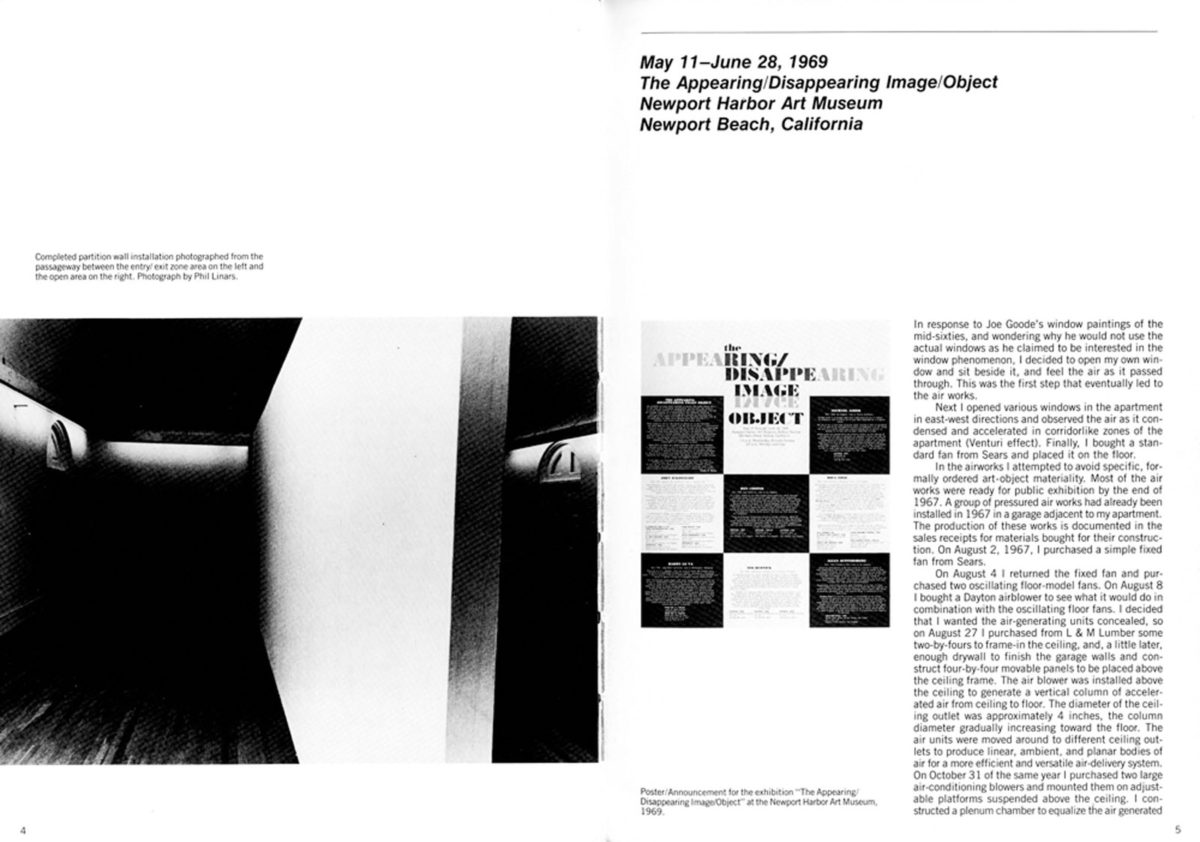
Michael Asher, Documentation of The Appearing / Disappearing Object, 1969. Page reproductions from Writings 1973–83 on Works 1969–79. The Press of the Nova Scotia College of Art and Design
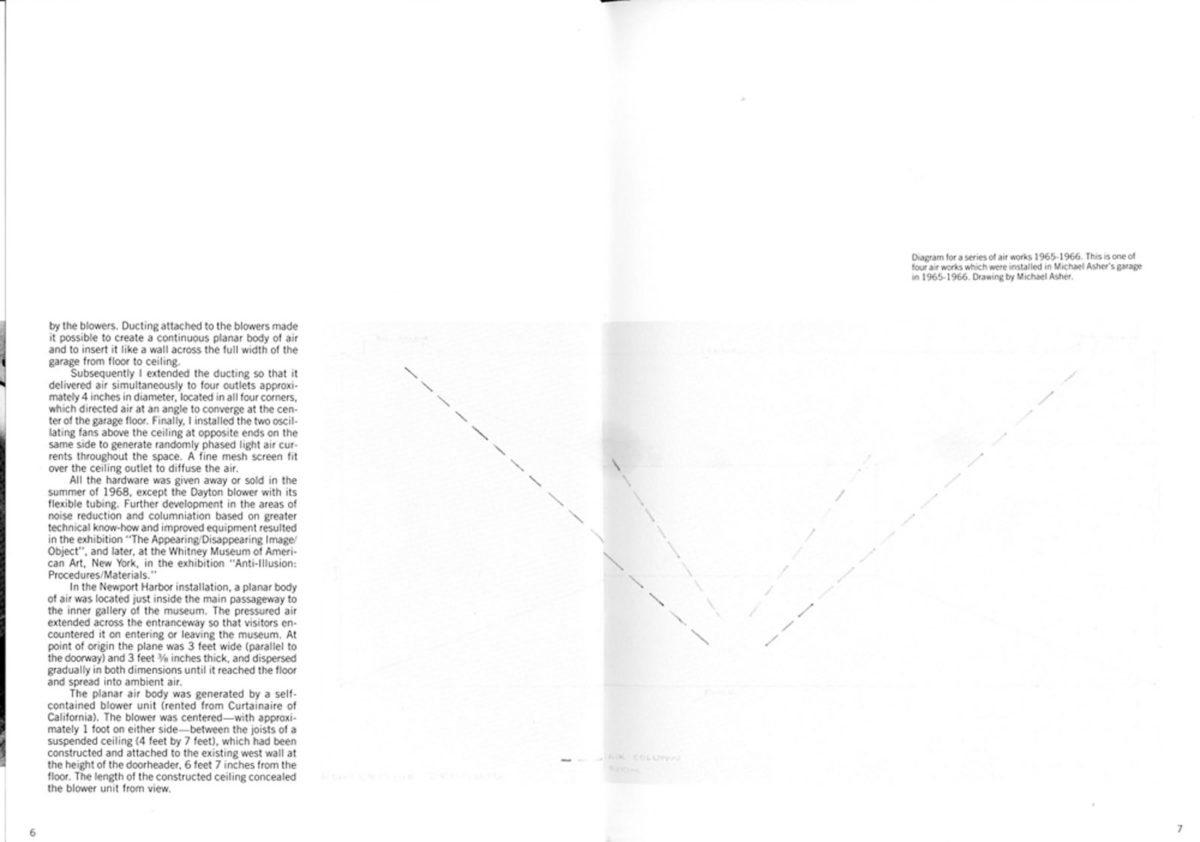
Michael Asher, Documentation of The Appearing / Disappearing Object, 1969. Page reproductions from Writings 1973–83 on Works 1969–79. The Press of the Nova Scotia College of Art and Design
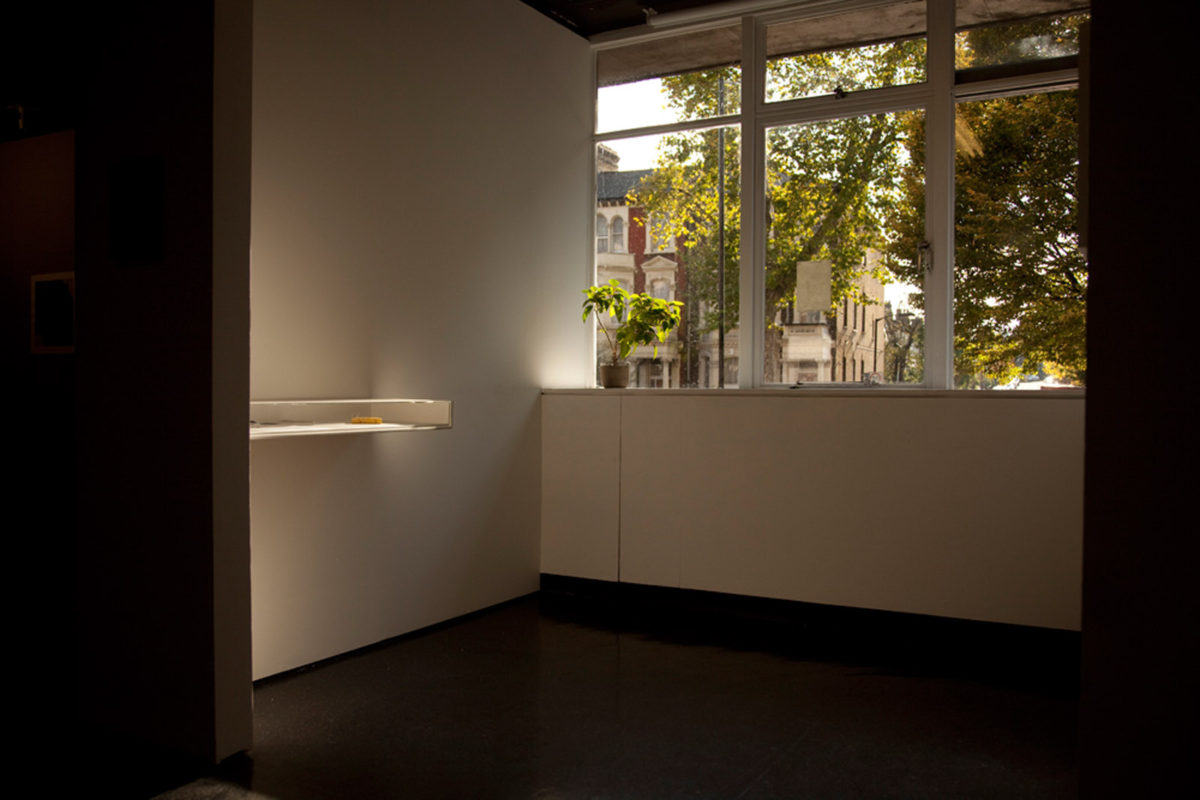
Juliette Blightman, Southwest pillar and its shadow at the beginning of the novel, 2012. Graphite on paper, floodlight, relocated plant. Courtesy the artist and Galerie Isabella Bortolozzi
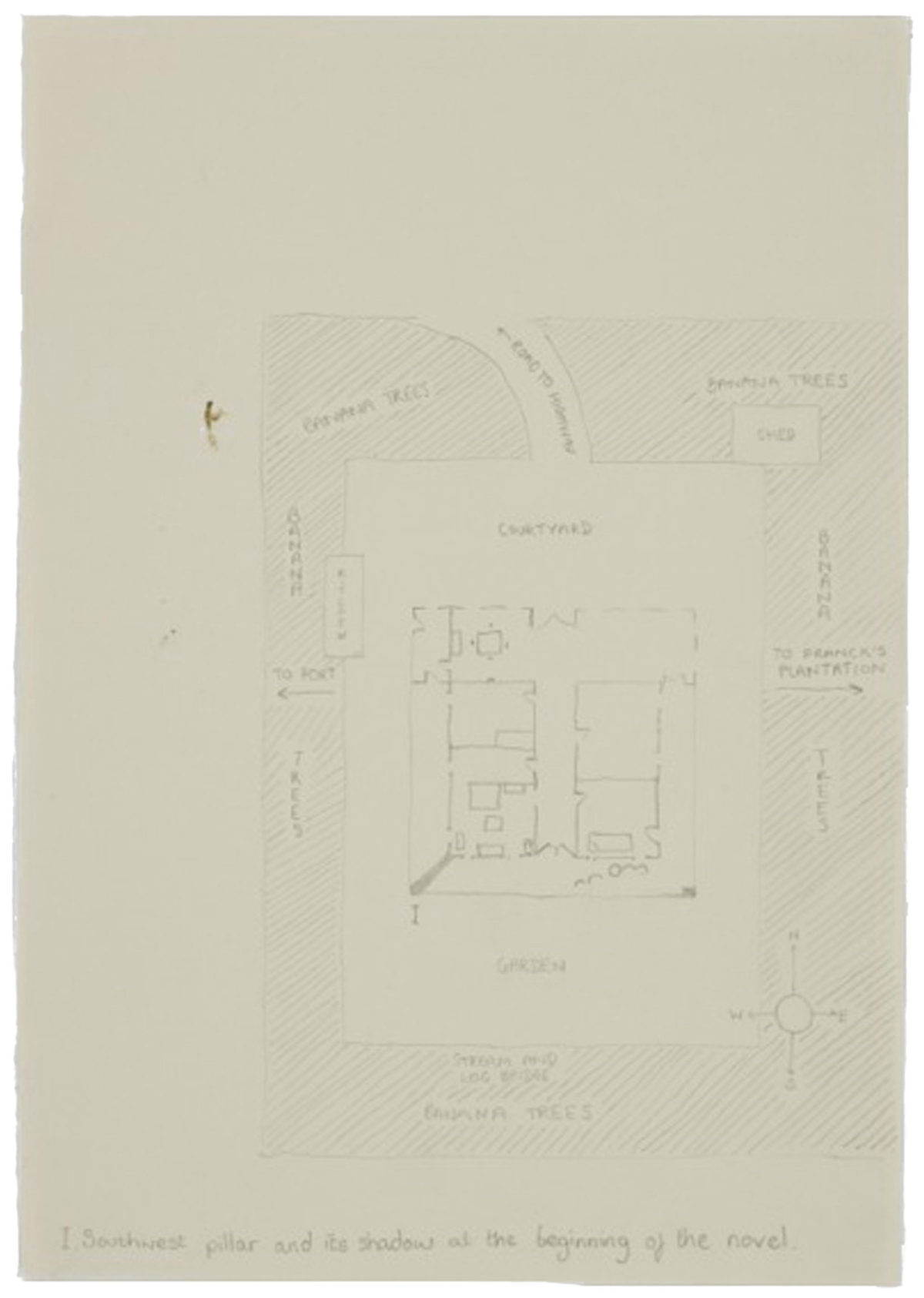
Juliette Blightman, Southwest pillar and its shadow at the beginning of the novel, 2012. Graphite on paper, floodlight, relocated plant. Courtesy the artist and Galerie Isabella Bortolozzi
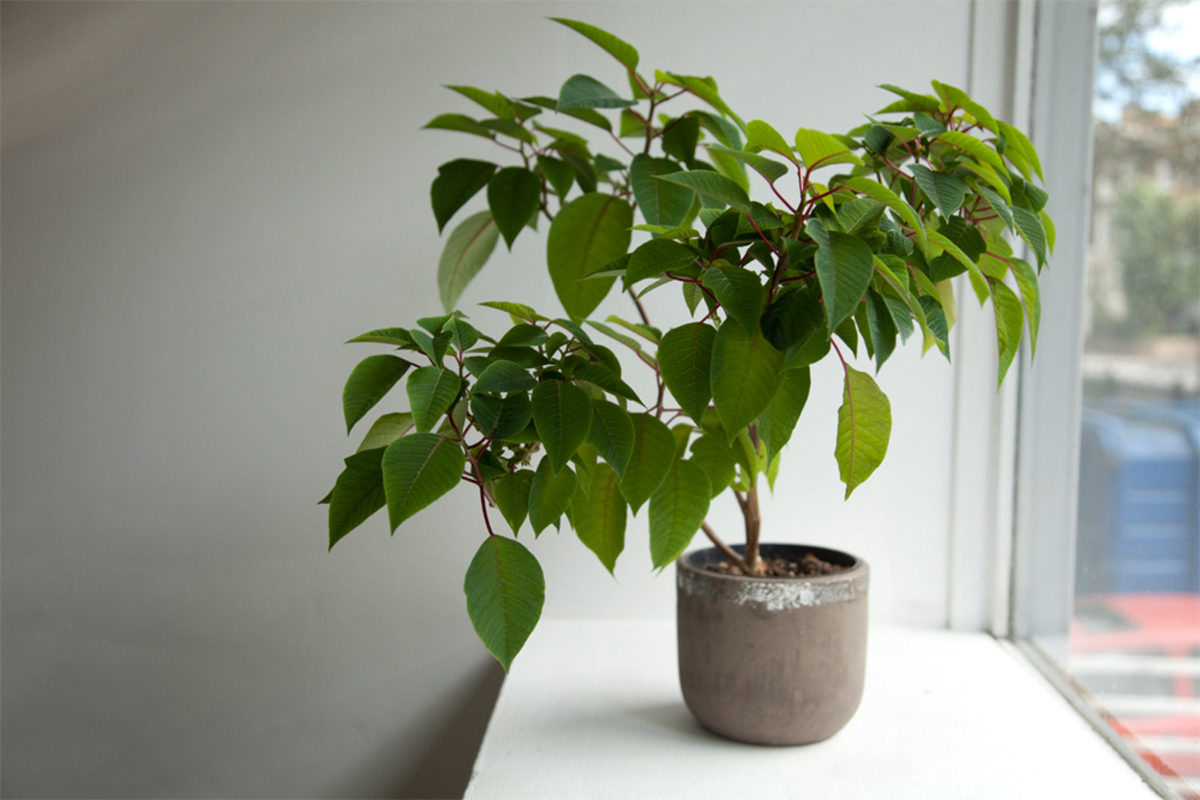
Juliette Blightman, Southwest pillar and its shadow at the beginning of the novel, 2012. Graphite on paper, floodlight, relocated plant. Courtesy the artist and Galerie Isabella Bortolozzi
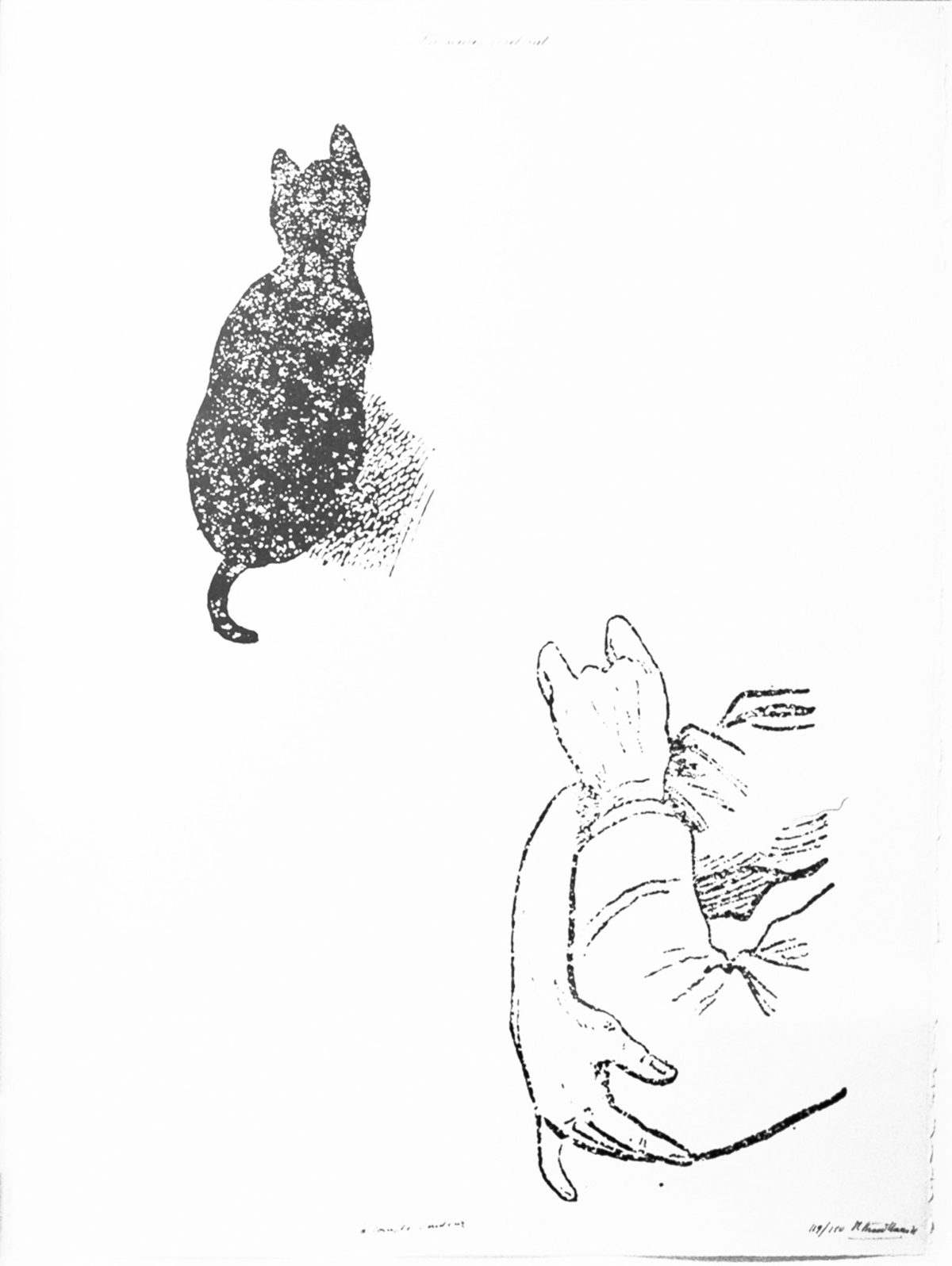
Marcel Broodthaers, La souris écrit rat (à compte d'auteur), 1974. Letterpress on cardboard. Collection of Nicholas Logsdail

Honoré Daumier, Triste contenance de la Sculpture placée au milieu de la Peinture, 1857. Lithograph. Collection of Andrew Edmunds
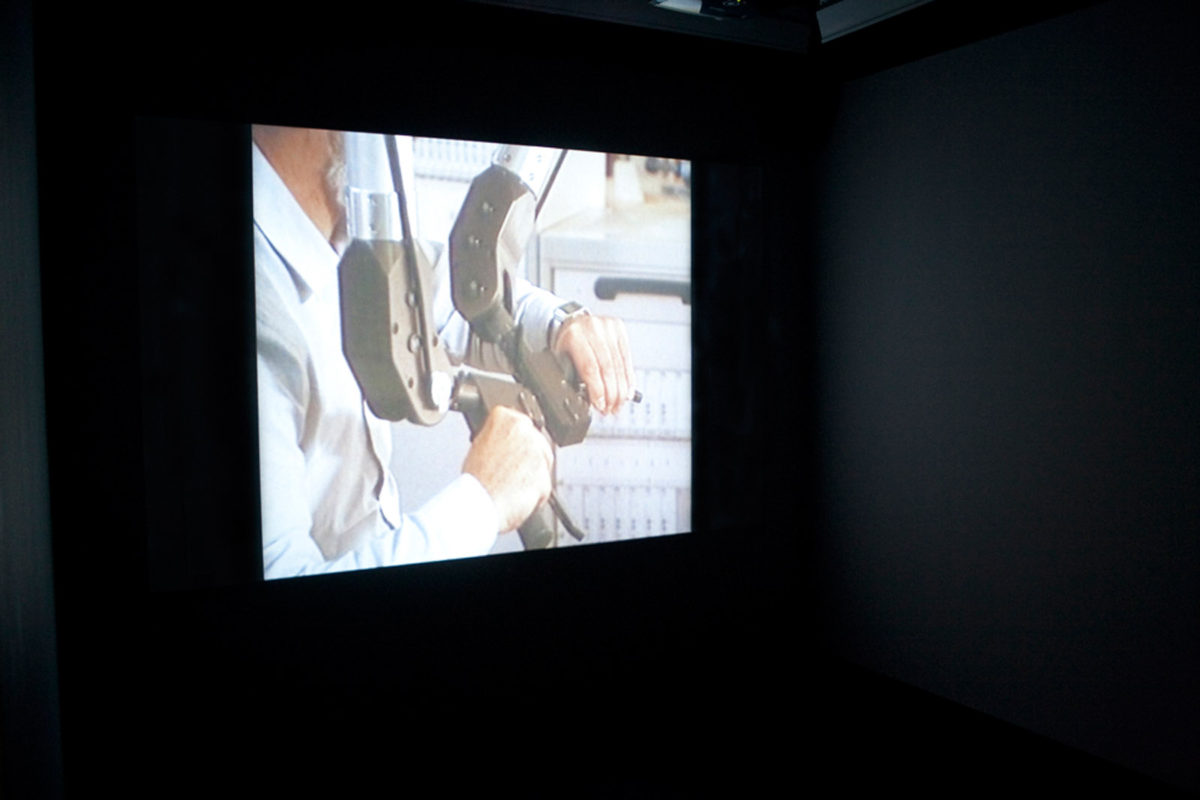
Harun Farocki, Wie man sieht (As you see), 1986. Single channel 16mm transferred to video, 72 mins. Courtesy the artist
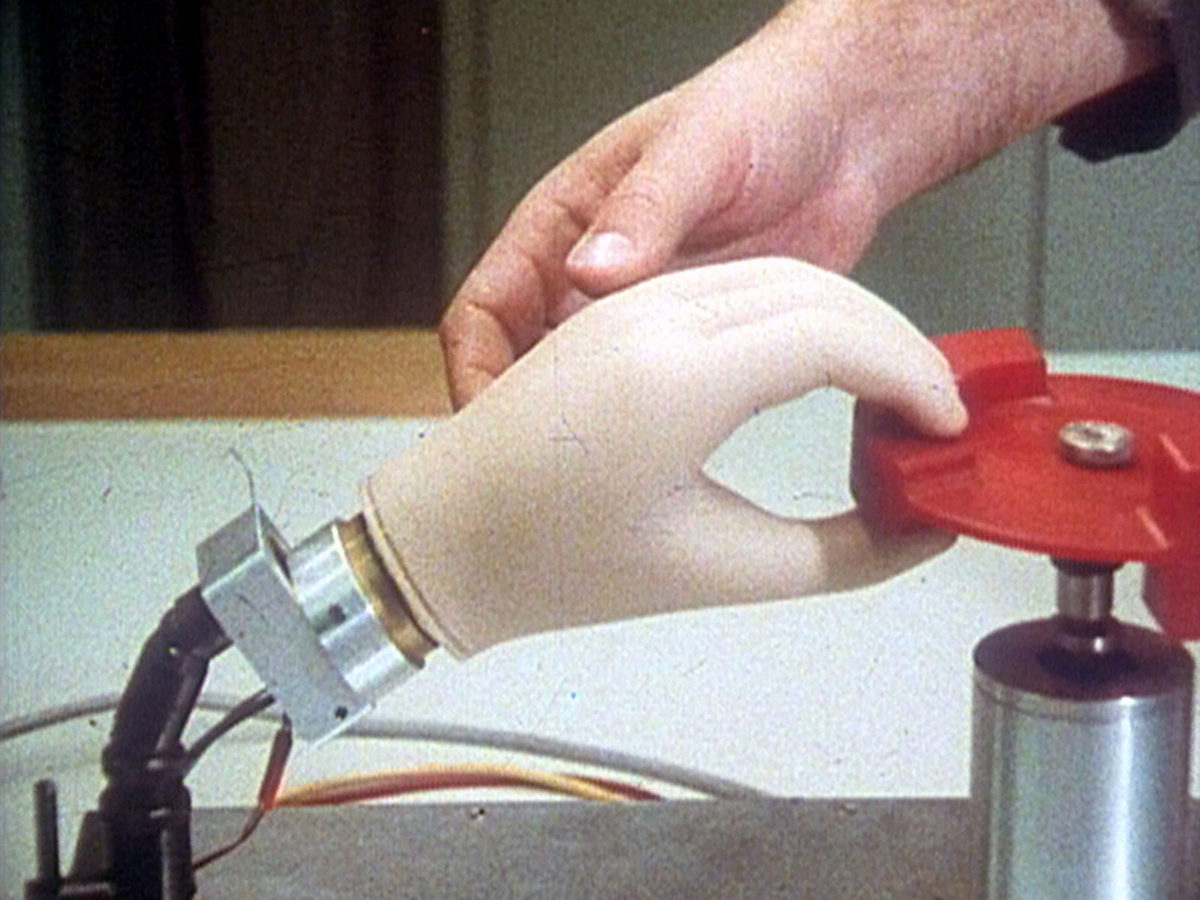
Harun Farocki, Wie man sieht (As you see), 1986. Single channel 16mm transferred to video, 72 mins. Courtesy the artist
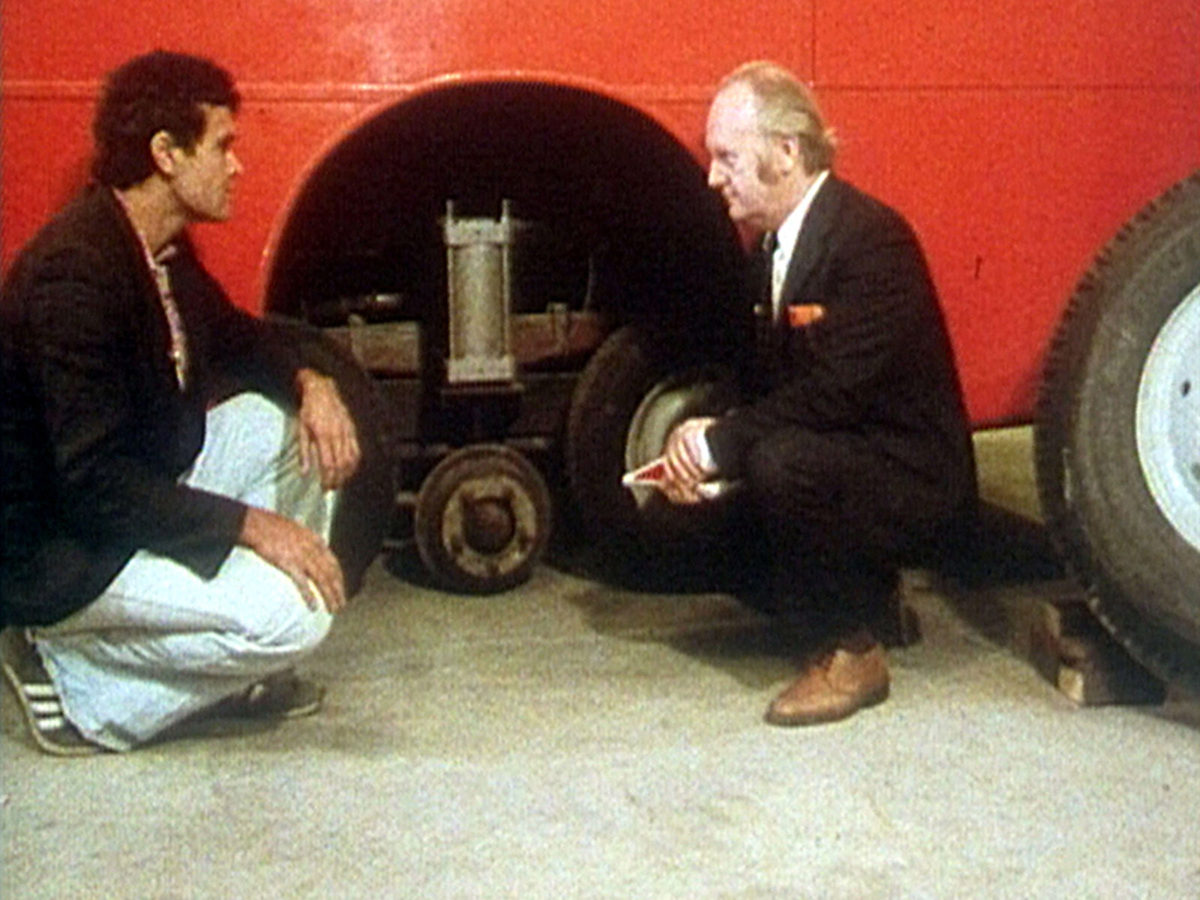
Harun Farocki, Wie man sieht (As you see), 1986. Single channel 16mm transferred to video, 72 mins. Courtesy the artist
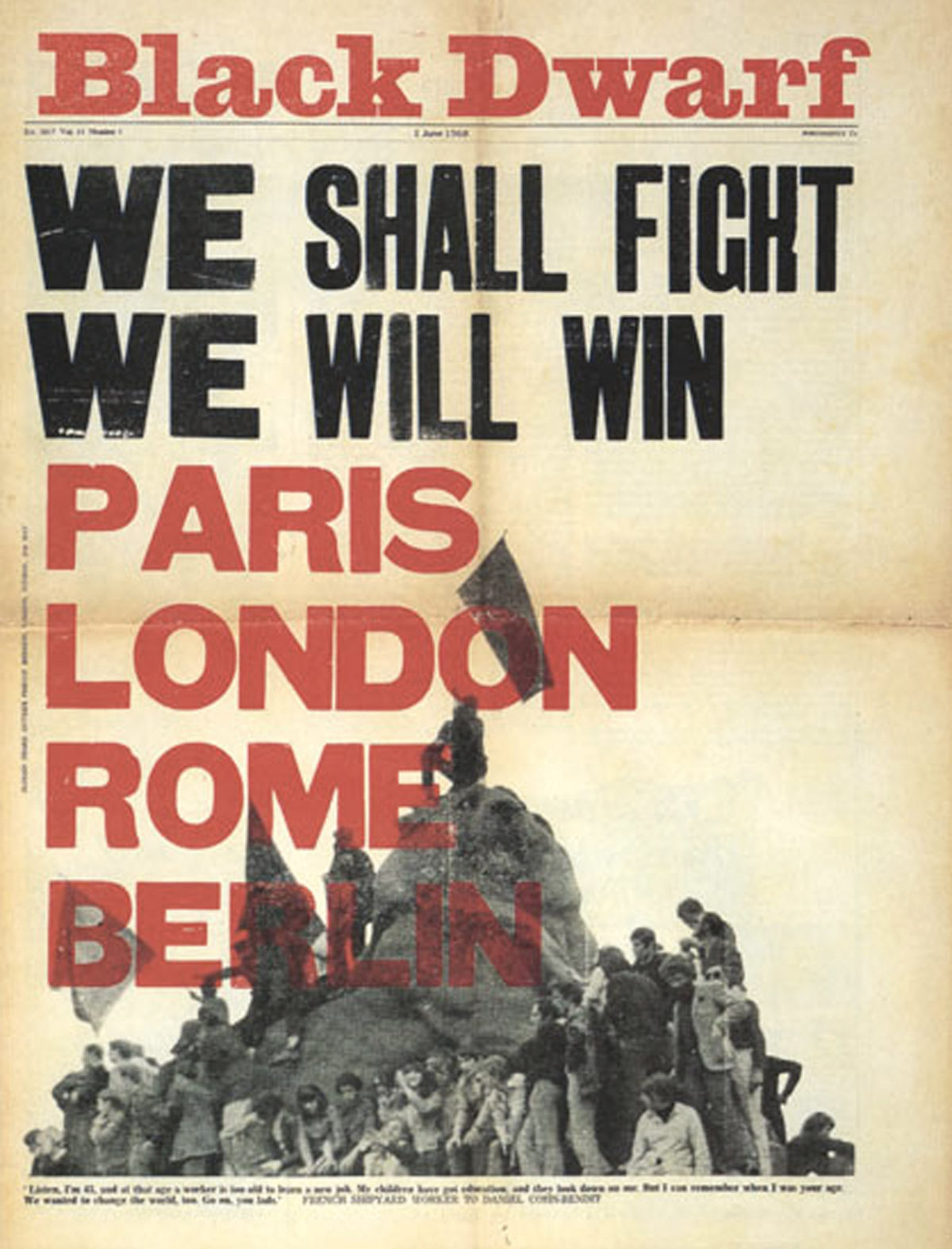
Robin Fior, Black Dwarf, Front page design, Volume 13, Number 1, 1st June 1968. Private collection
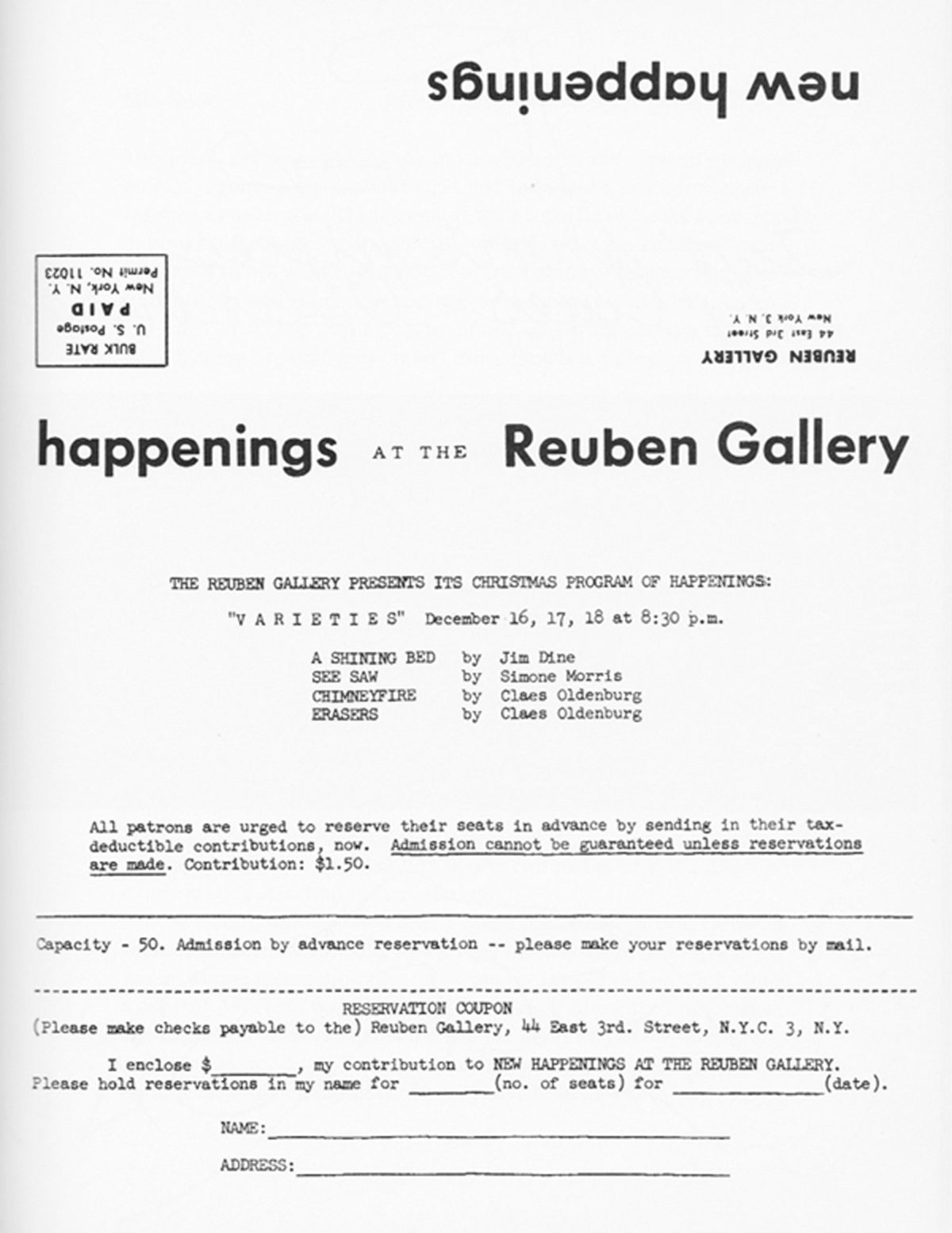
Simone Forti, Documentation of the performance See-Saw, 1960 (with Robert Morris and Yvonne Rainer). Courtesy The Box, Los Angeles
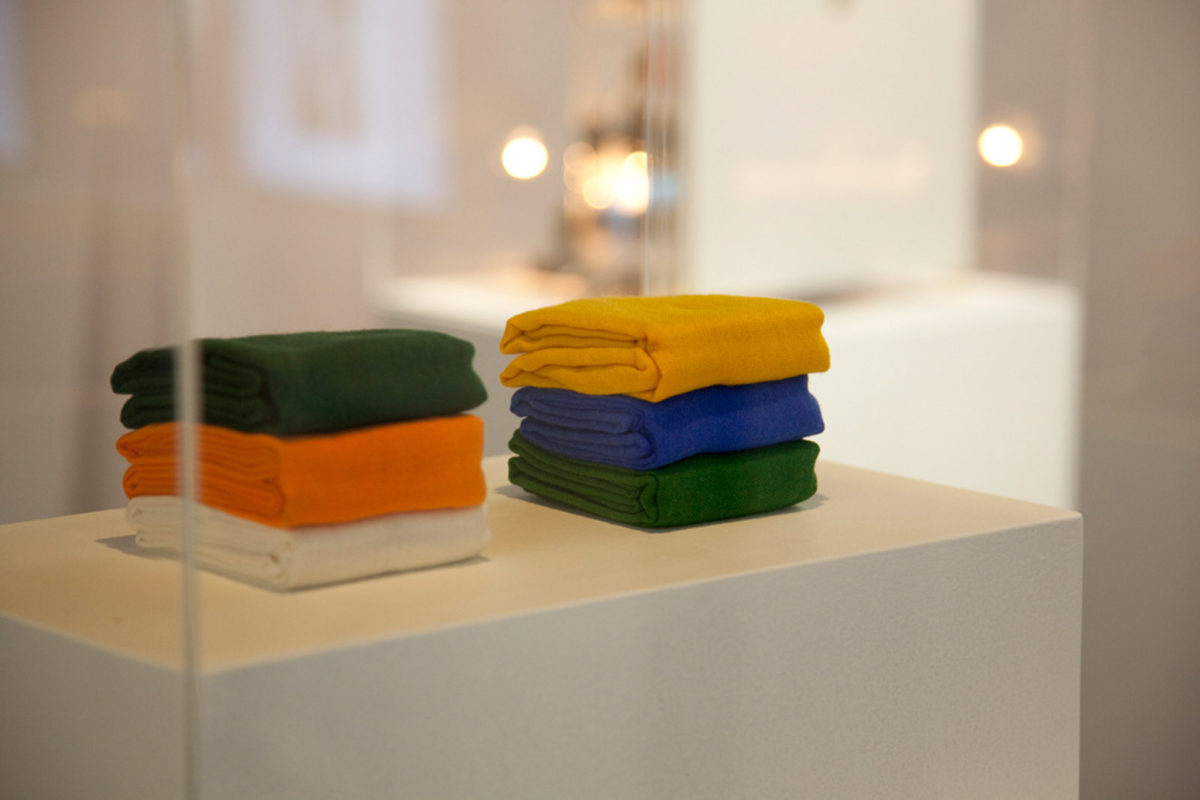
Barry Flanagan, Untitled (Pile), 1976 Dyed hessian. Courtesy Richard Saltoun
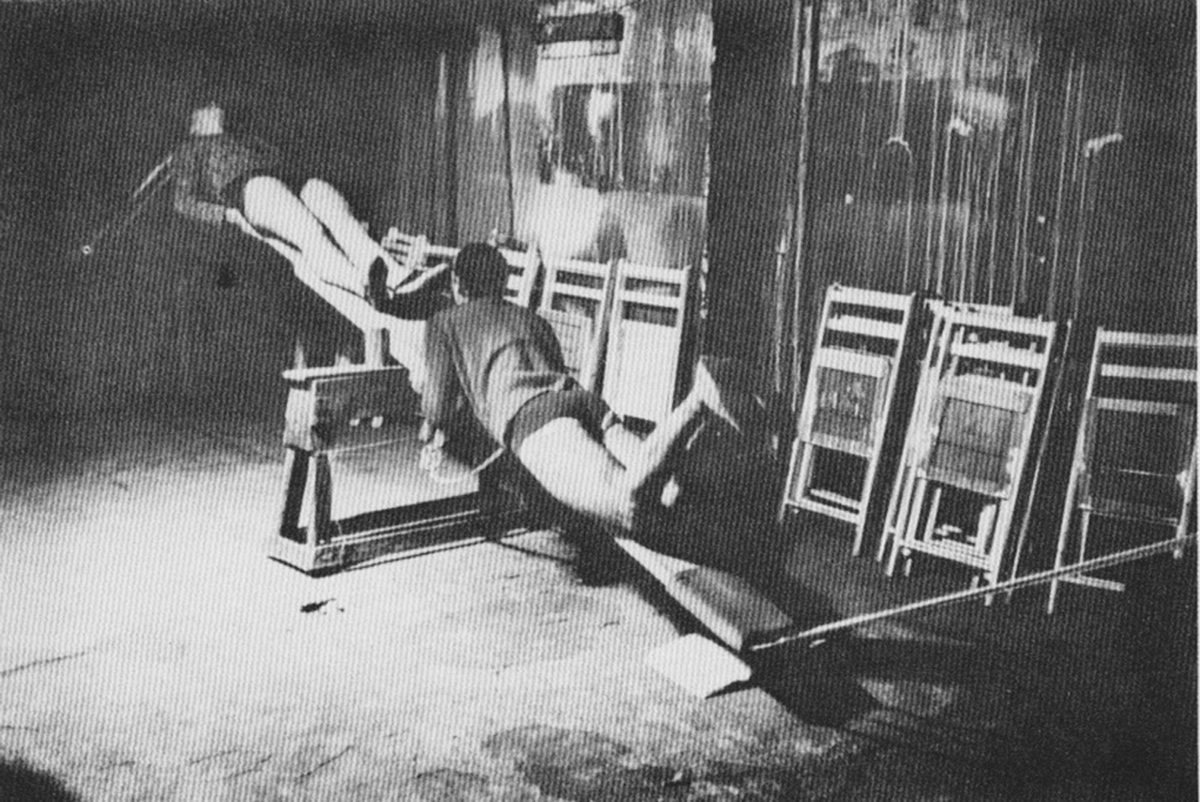
Simone Forti, Documentation of the performance See-Saw, 1960 (with Robert Morris and Yvonne Rainer). Courtesy The Box, Los Angeles

Simone Forti, Documentation of the performance See-Saw, 1960 (with Robert Morris and Yvonne Rainer). Courtesy The Box, Los Angeles
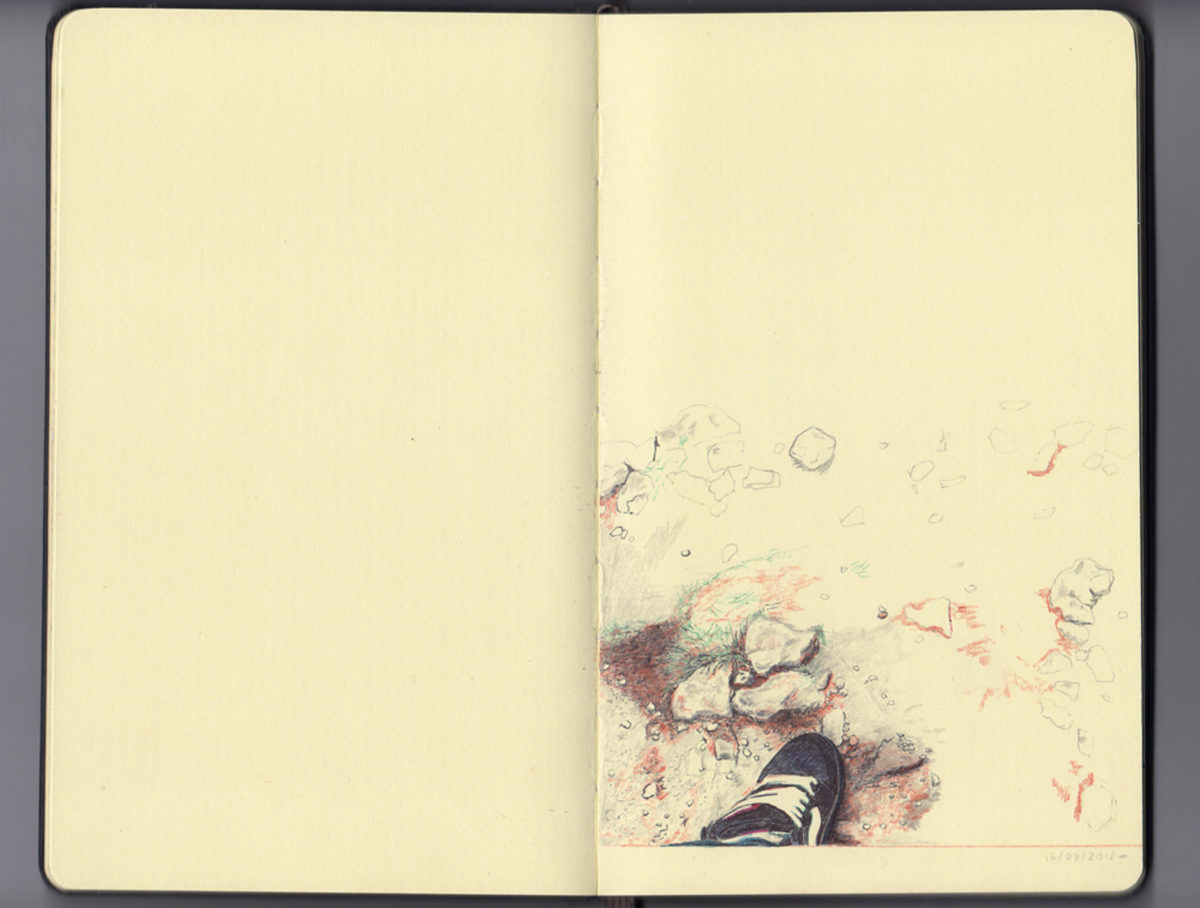
Flemming George, Two sketchbooks, 2012. Mixed media on paper. Courtesy the artist
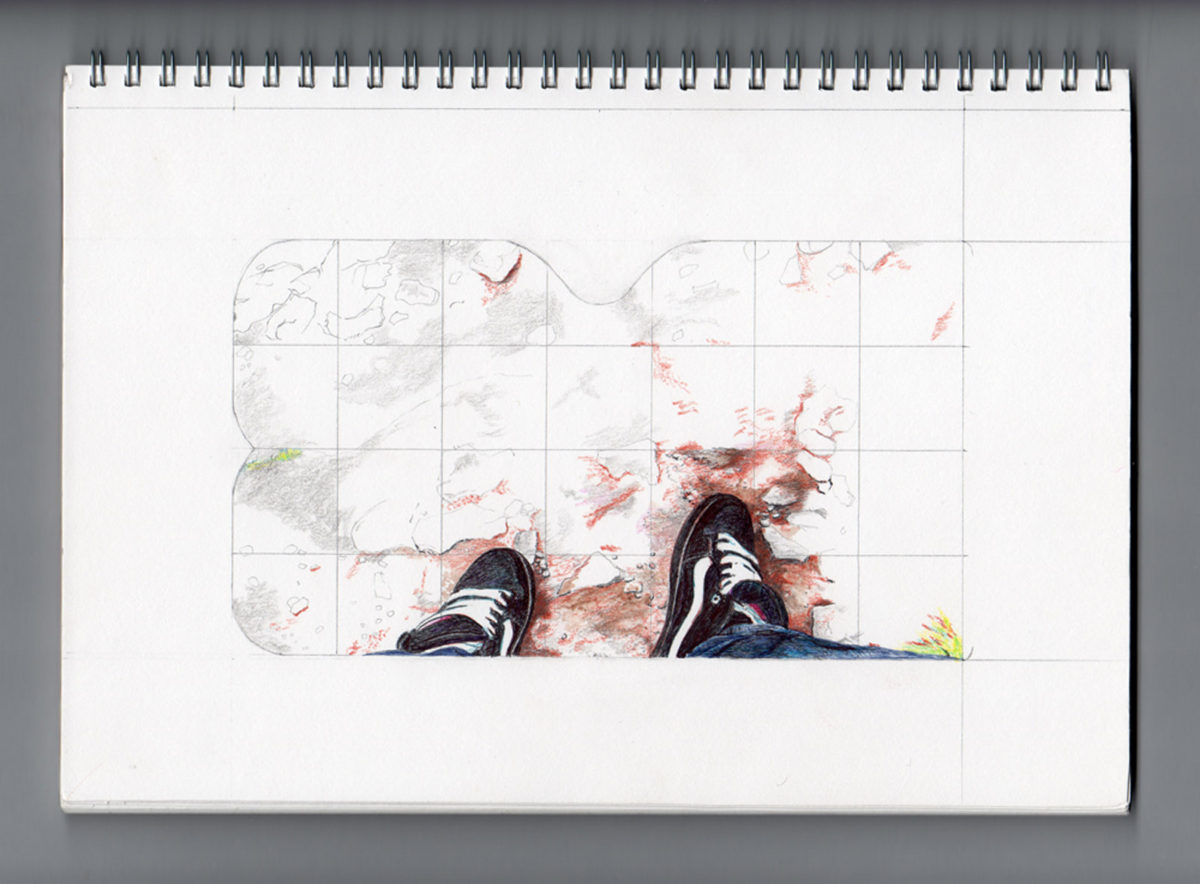
Flemming George, Two sketchbooks, 2012. Mixed media on paper. Courtesy the artist
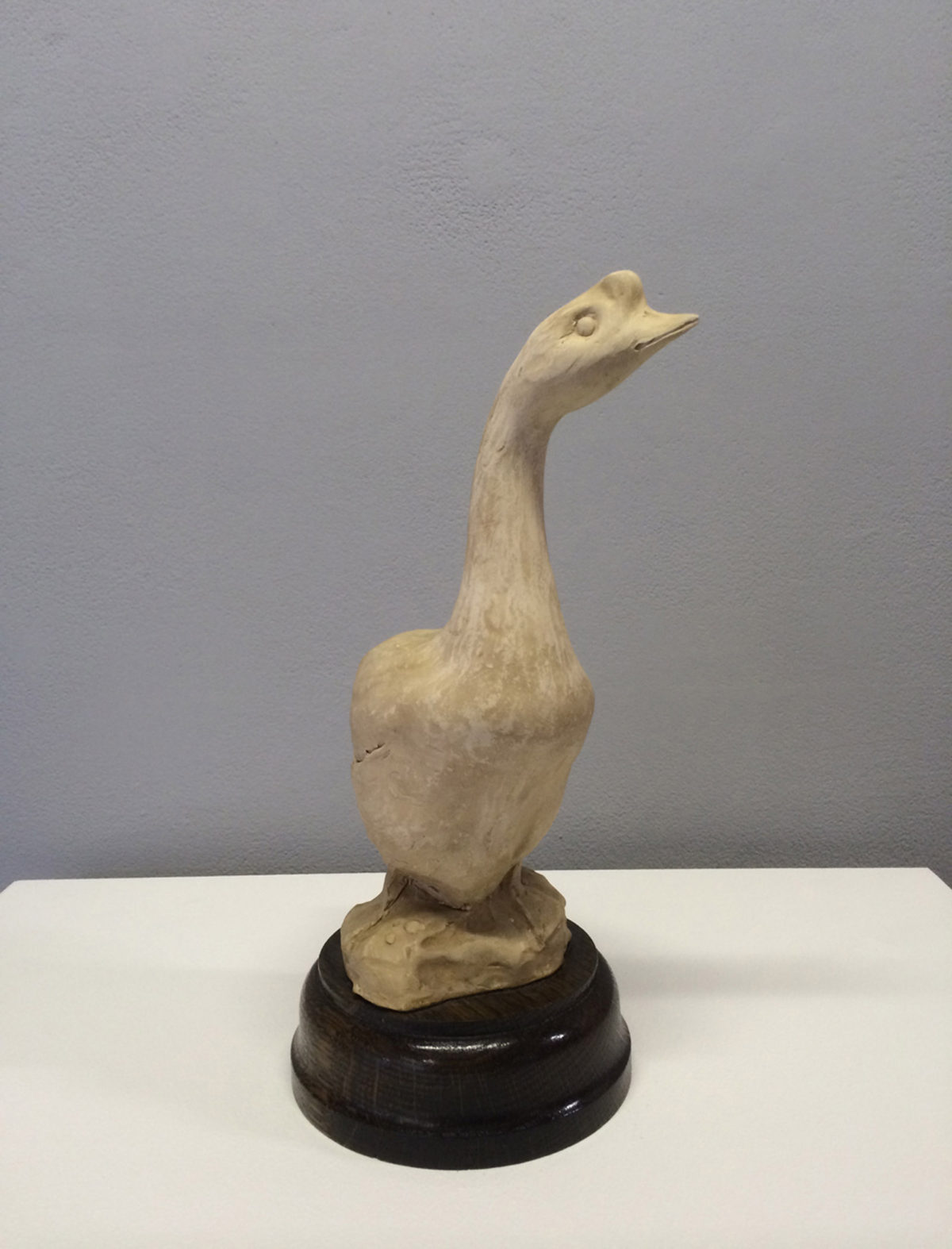
Shaun Greenhalgh, Barbara Hepworth ‘Goose, c.1928’ forgery, date unknown Metropolitan Police Art and Antiques Unit Evidence Collection
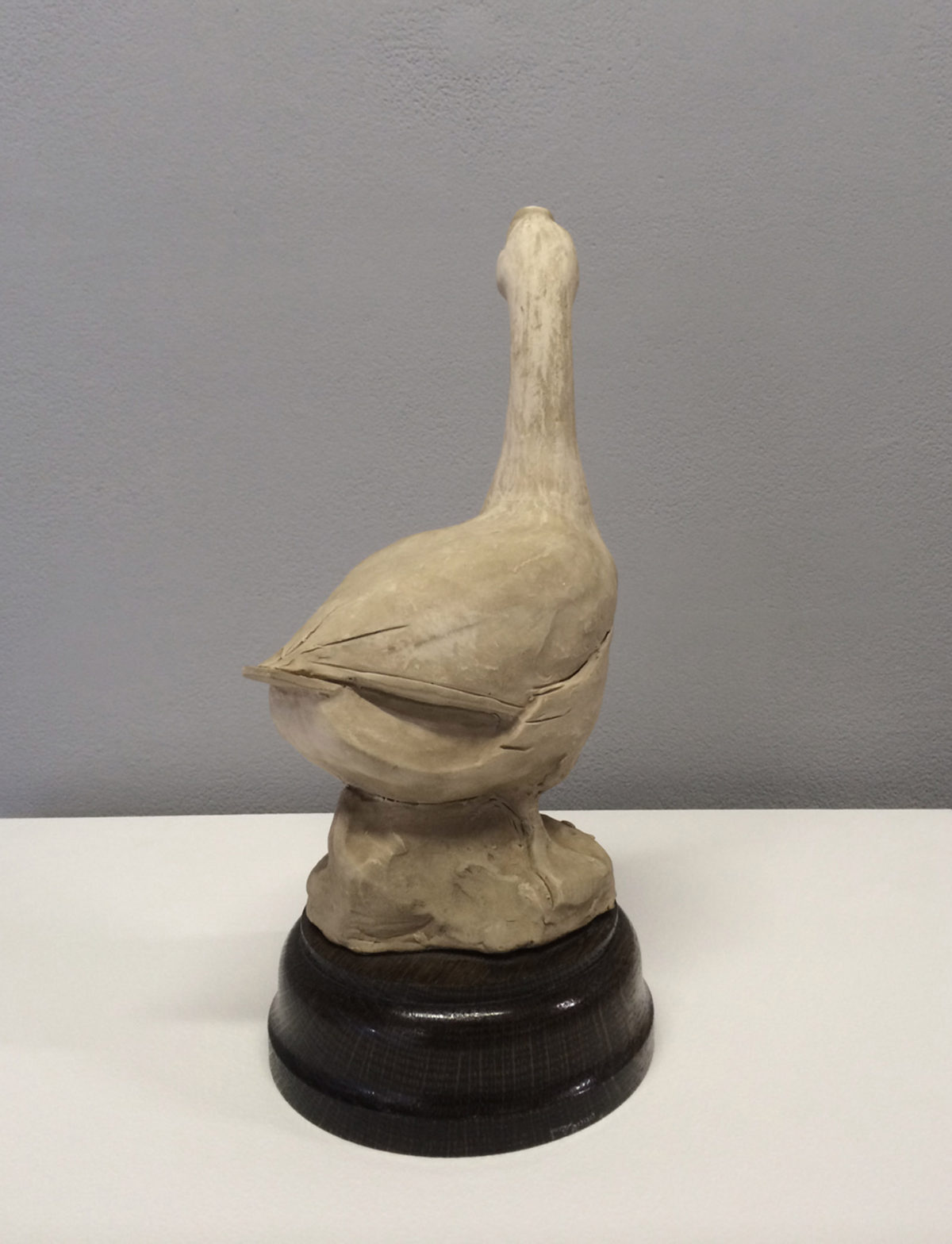
Shaun Greenhalgh, Barbara Hepworth ‘Goose, c.1928’ forgery, date unknown Metropolitan Police Art and Antiques Unit Evidence Collection
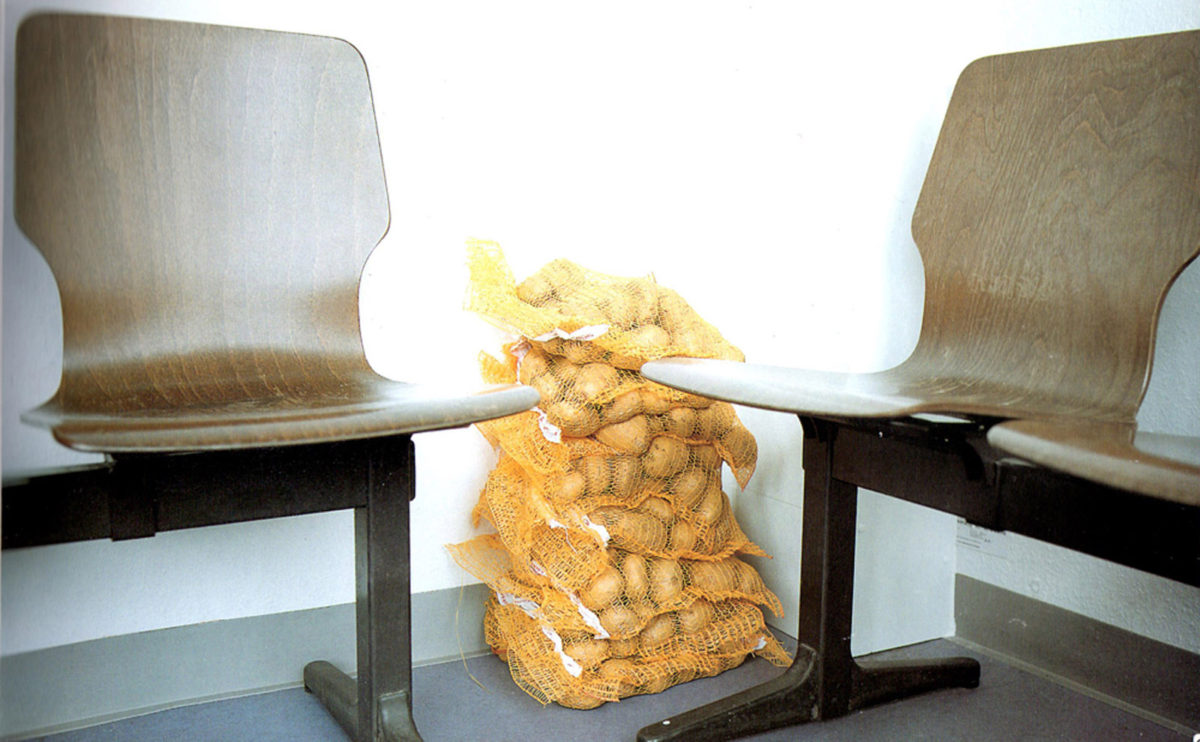
Carsten Höller, Documentation related to the unrealised project Kartoffeln (Potatoes), 1996. Courtesy the artist
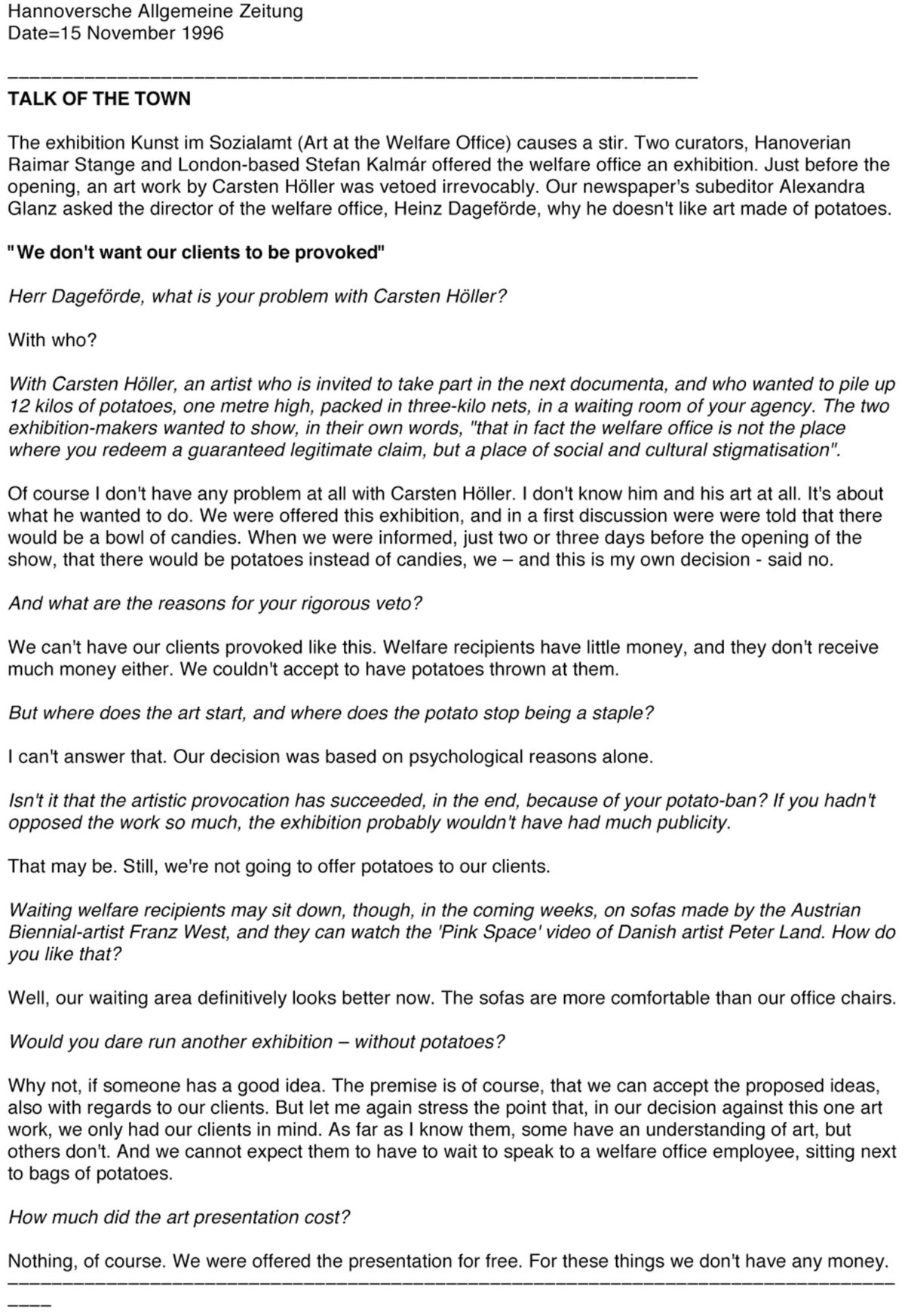
Carsten Höller, Documentation related to the unrealised project Kartoffeln (Potatoes), 1996. Courtesy the artist
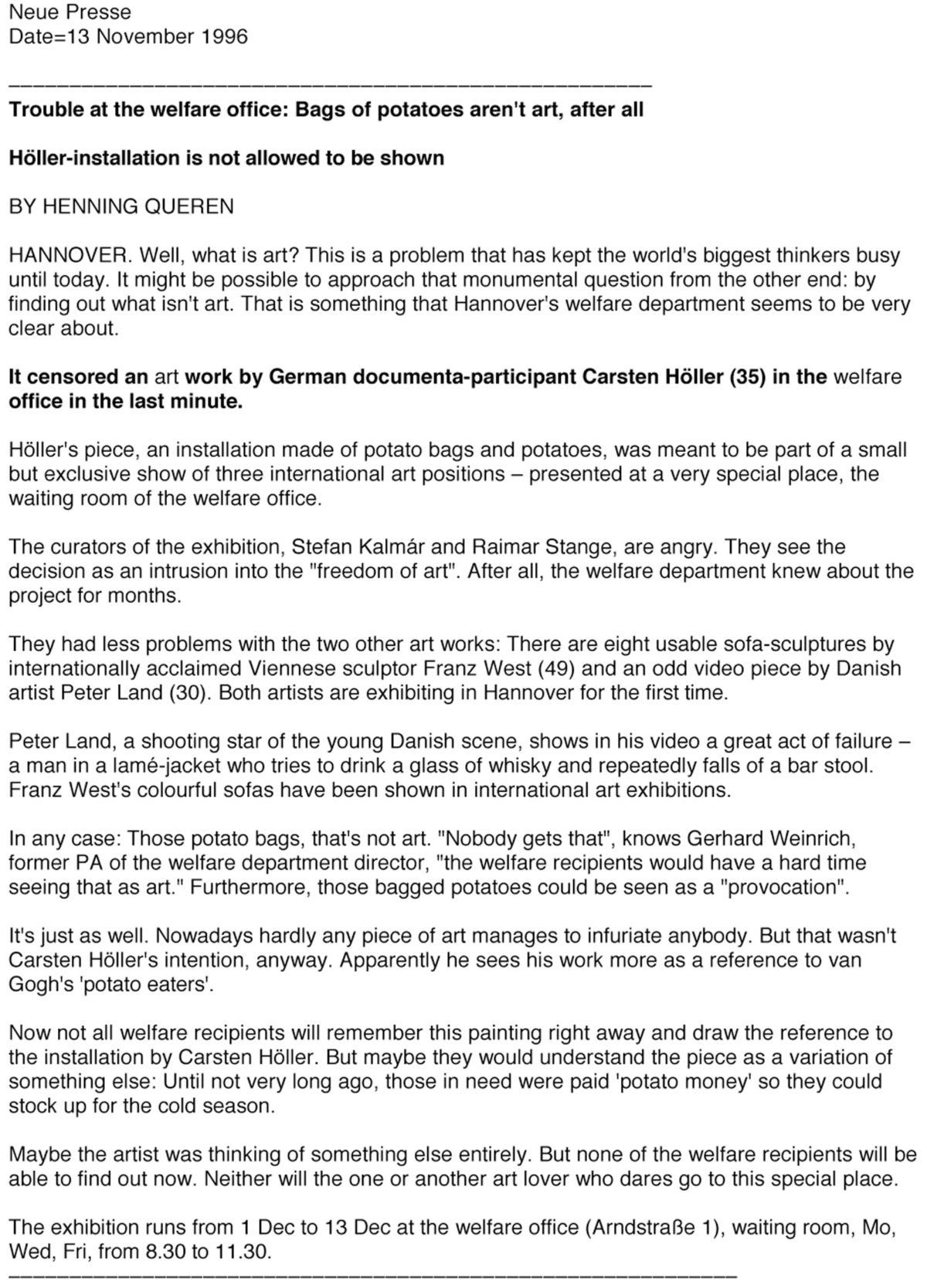
Carsten Höller, Documentation related to the unrealised project Kartoffeln (Potatoes), 1996. Courtesy the artist
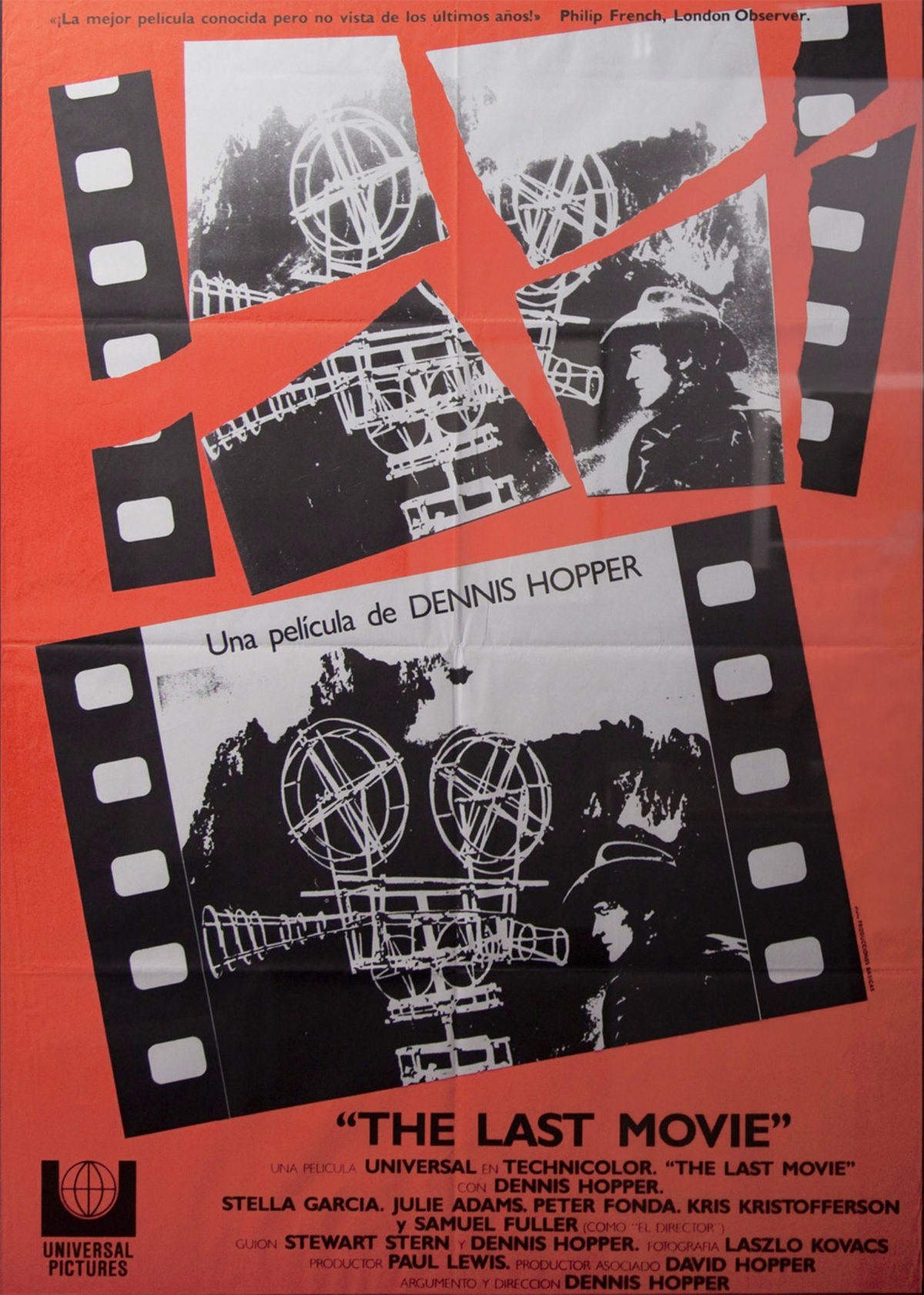
Dennis Hopper, The Last Movie, 1971. Film screening and cinema release poster (Spain). Courtesy the Hopper Art Trust
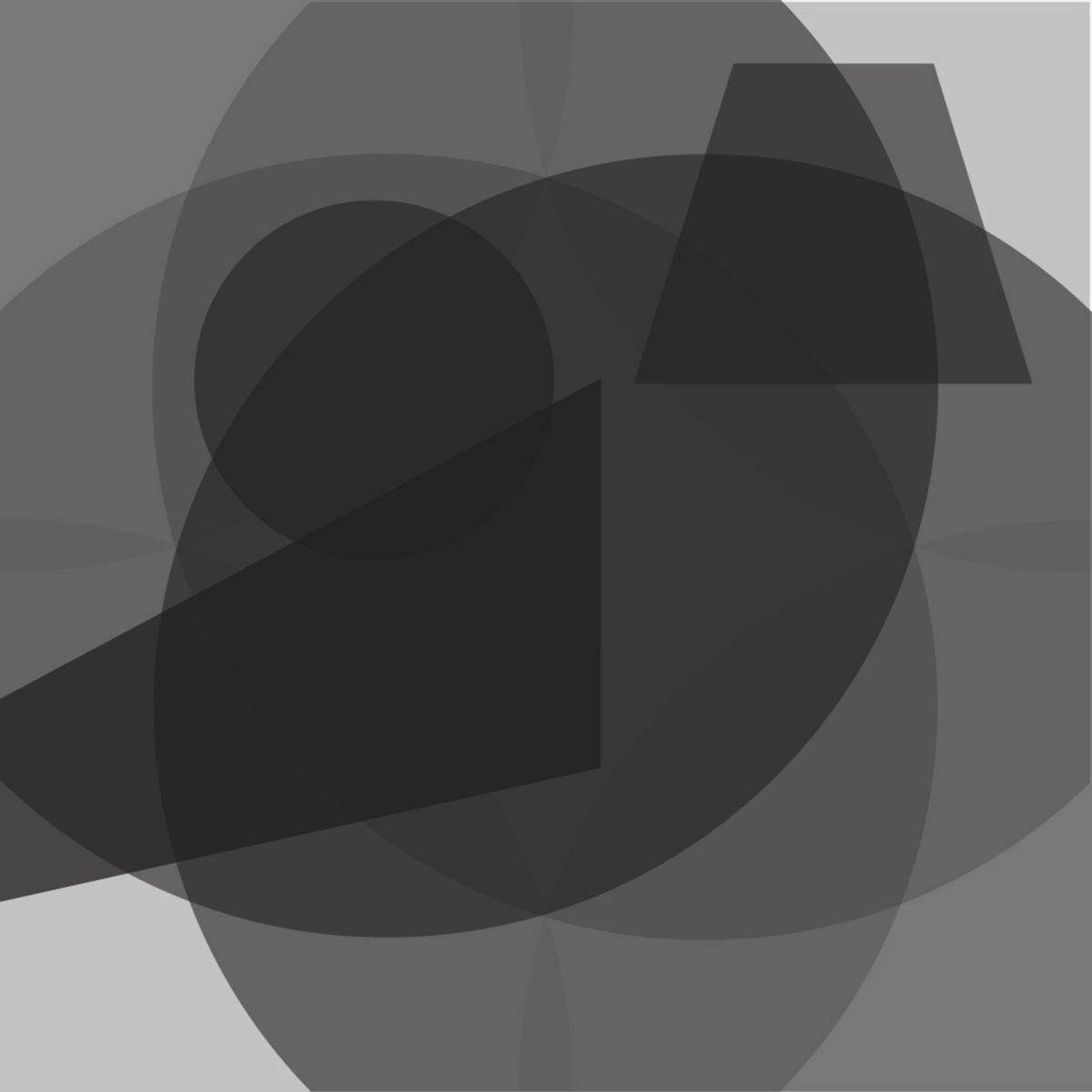
Janice Kerbel, Cue (no.7), 2012. Silkscreen. Courtesy the artist and greengrassi, London
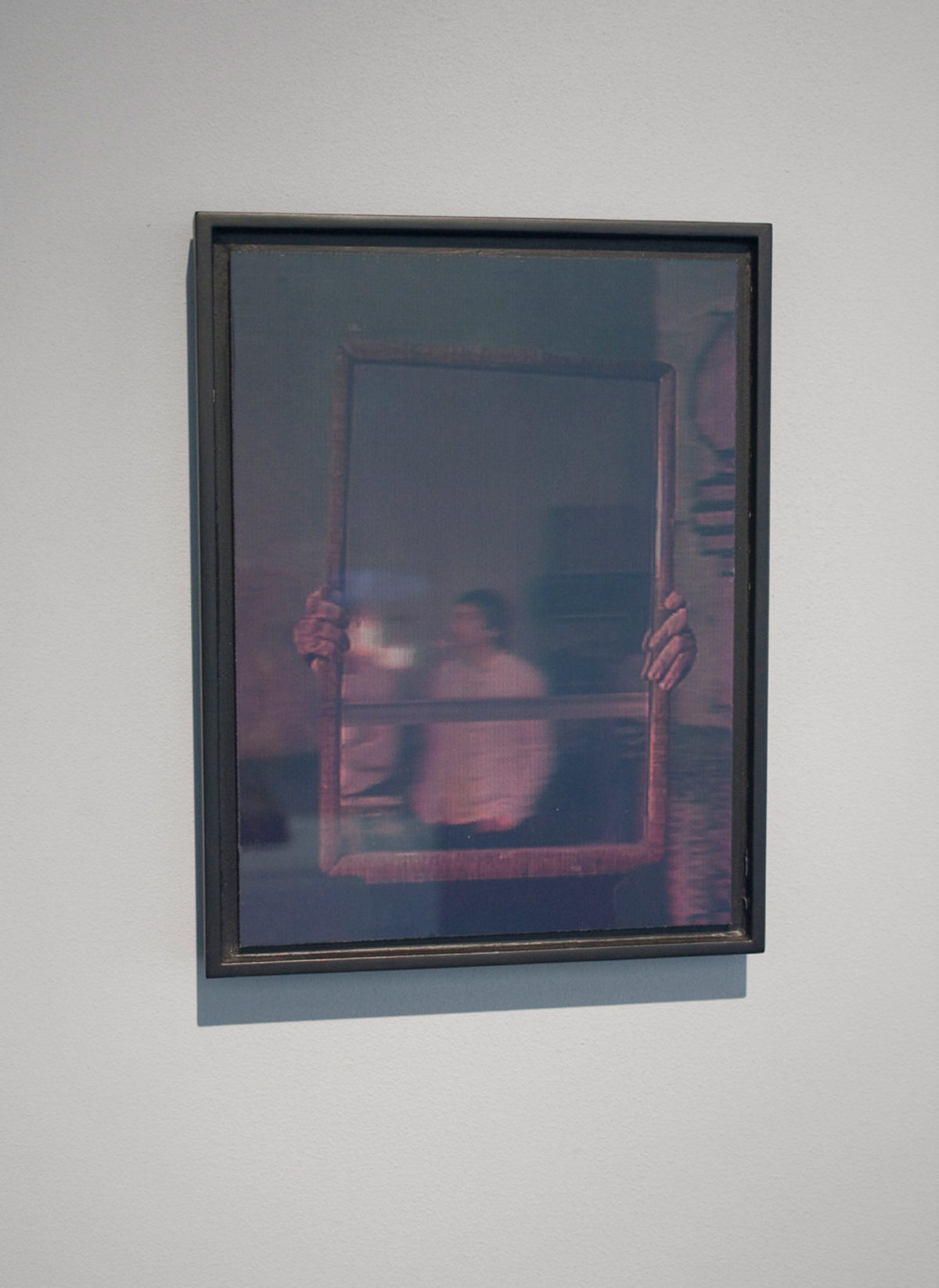
Raimundas Malašauskas, Whose face rings the bell (Mininos), 2011. Hologram. Collection of Eva Pel
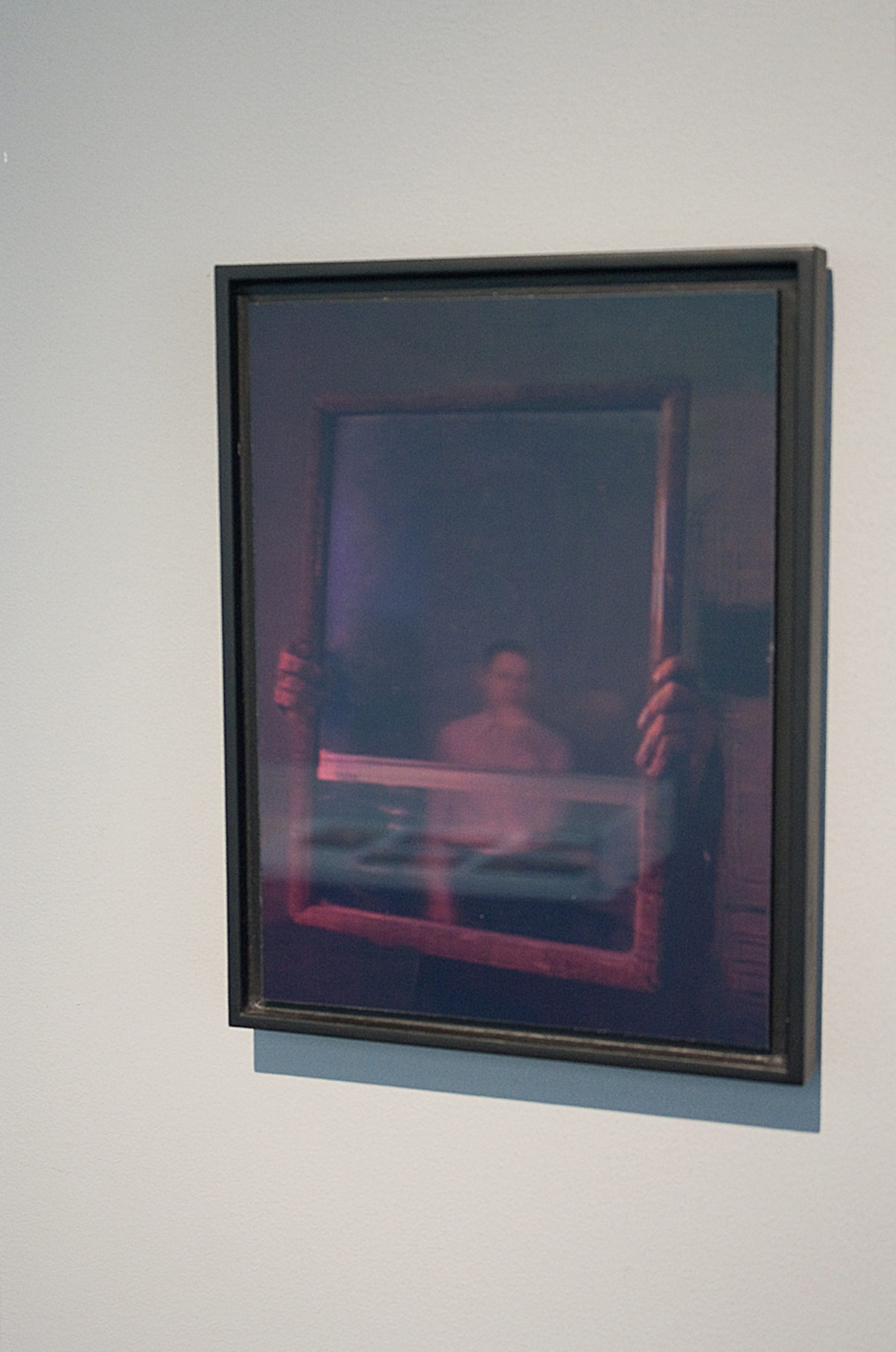
Raimundas Malašauskas, Whose face rings the bell (Mininos), 2011. Hologram. Collection of Eva Pel
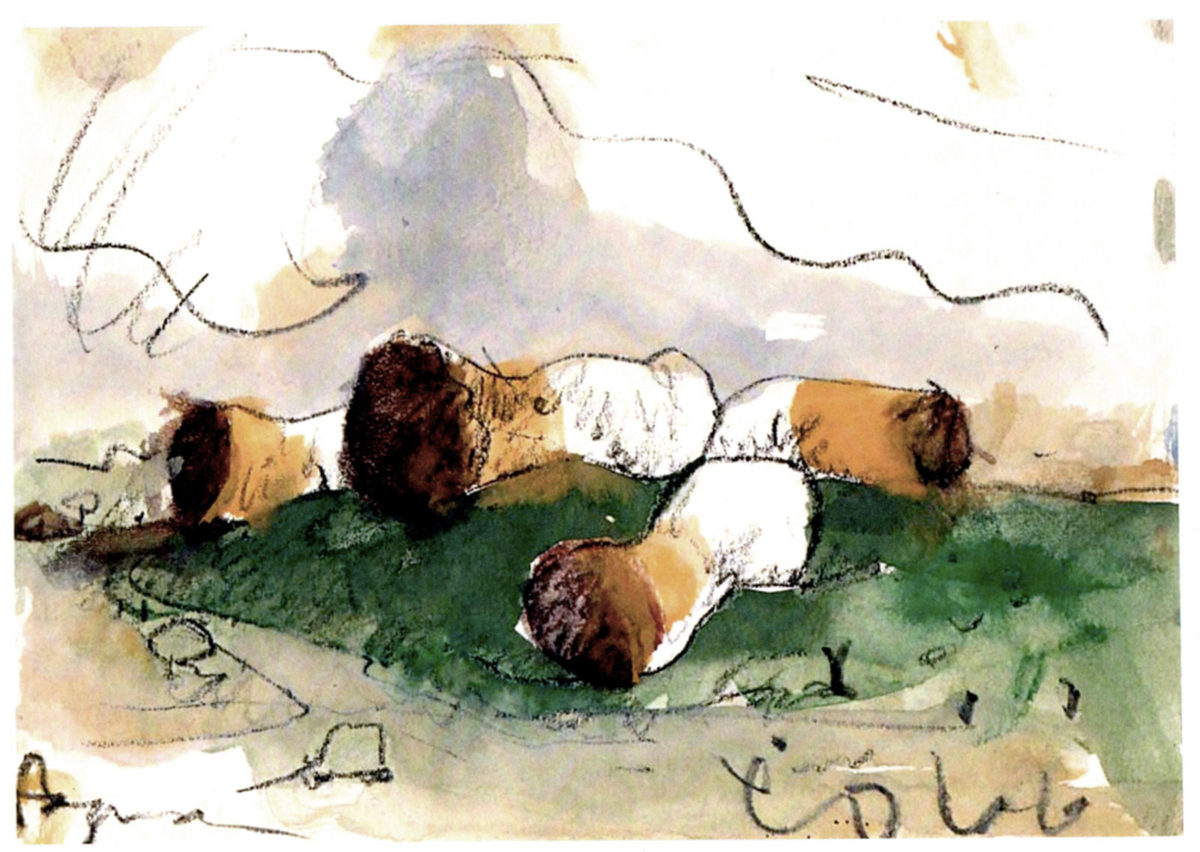
Claes Oldenburg, Proposed Colossal Monument: Fagends in Hyde Park, Version One, 1966. Crayon and watercolour. Leeds Museums and Galleries collection
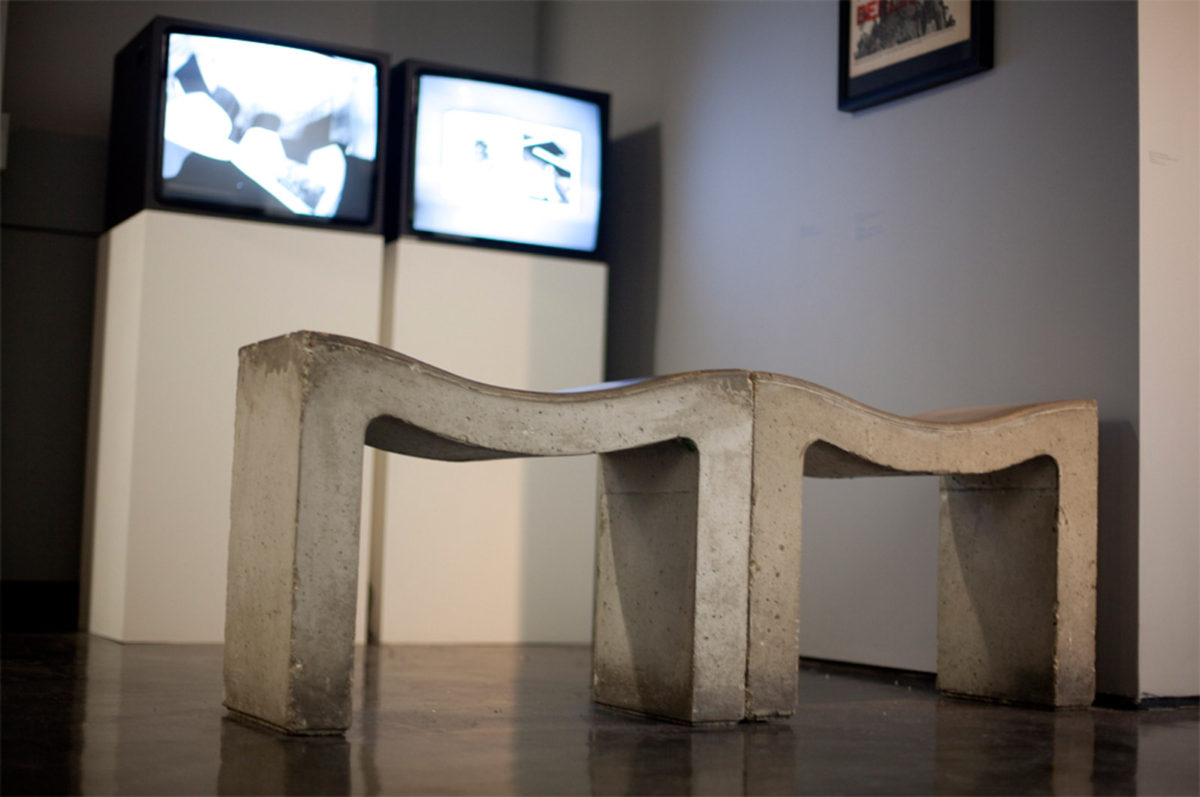
Julian Opie, Cast concrete benches for the Hayward Gallery, 1993. Concrete. Courtesy the Hayward Gallery
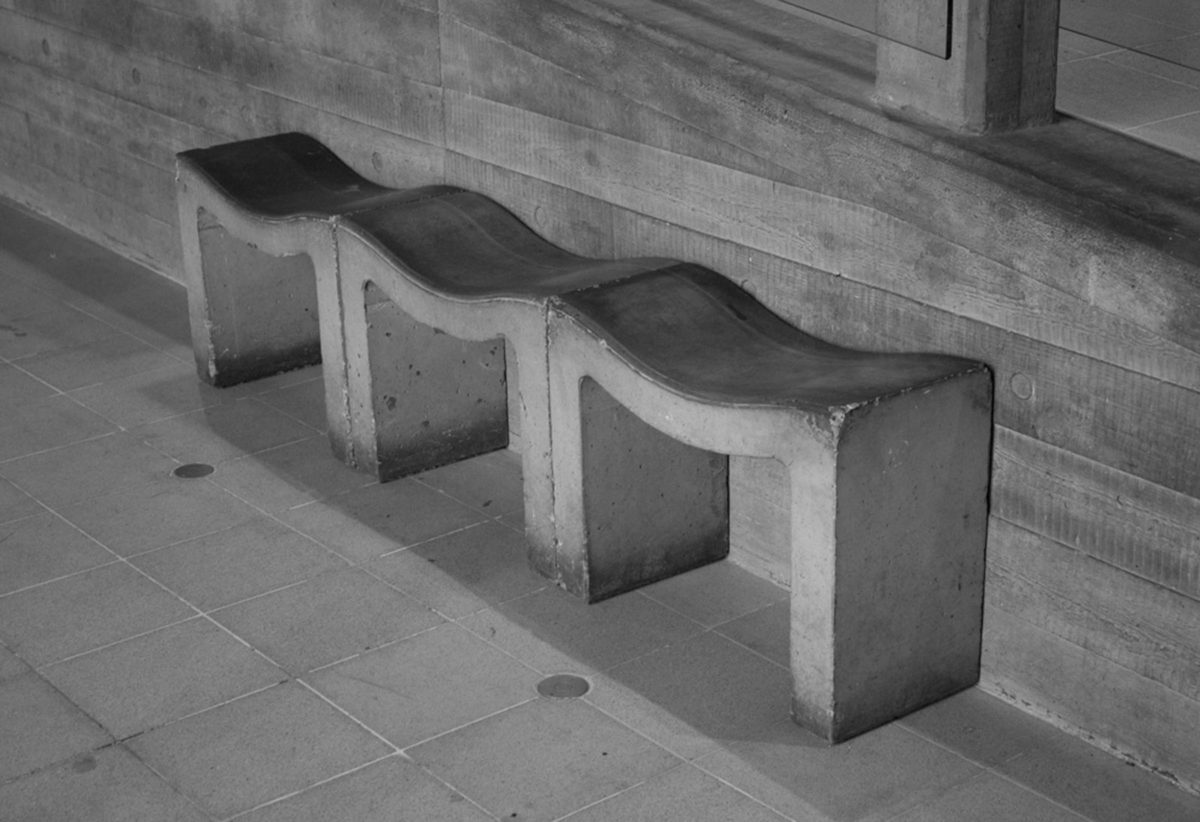
Julian Opie, Cast concrete benches for the Hayward Gallery, 1993. Concrete. Courtesy the Hayward Gallery
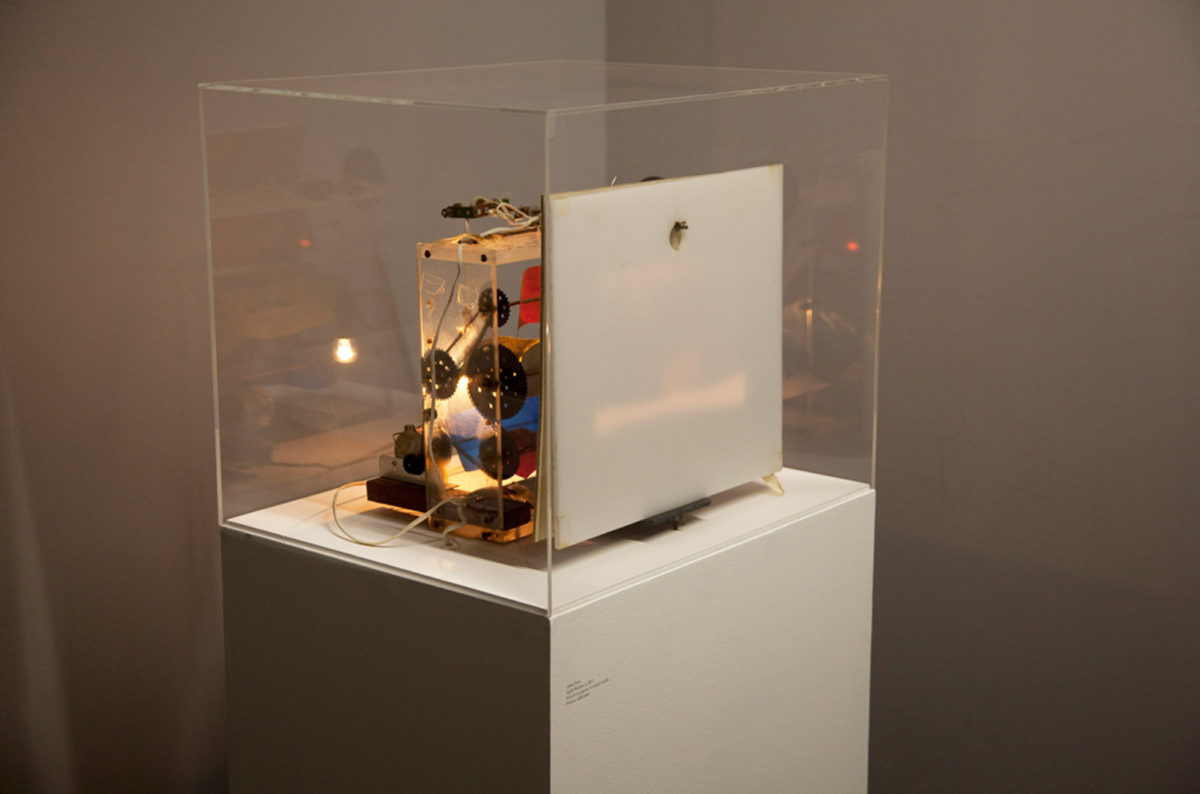
John Penn, Light Machine, c.1971 Kinetic sculpture in mixed media. Courtesy the Estate of John Penn
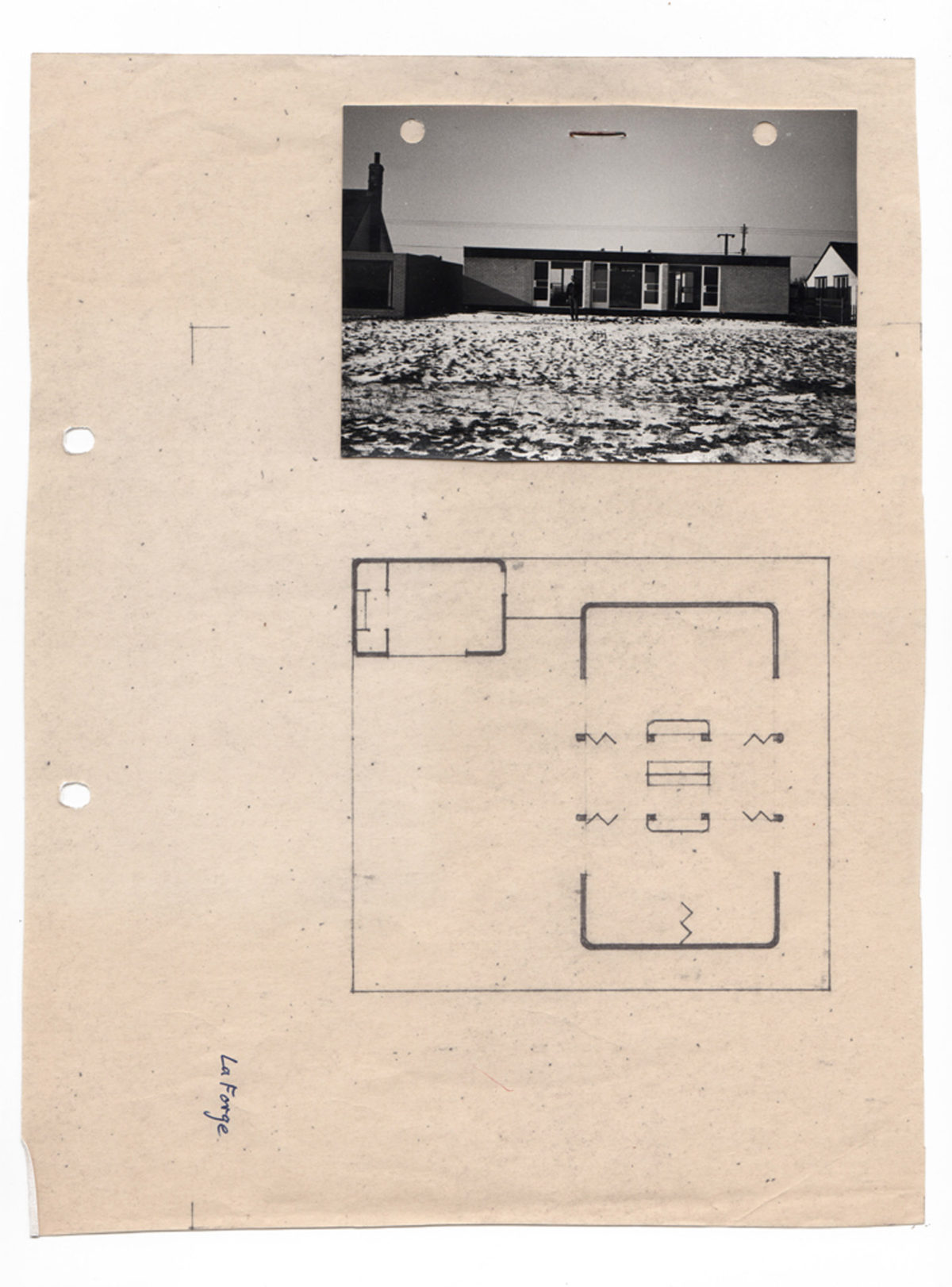
John Penn, Documents related to architectural practice. Courtesy the Estate of John Penn
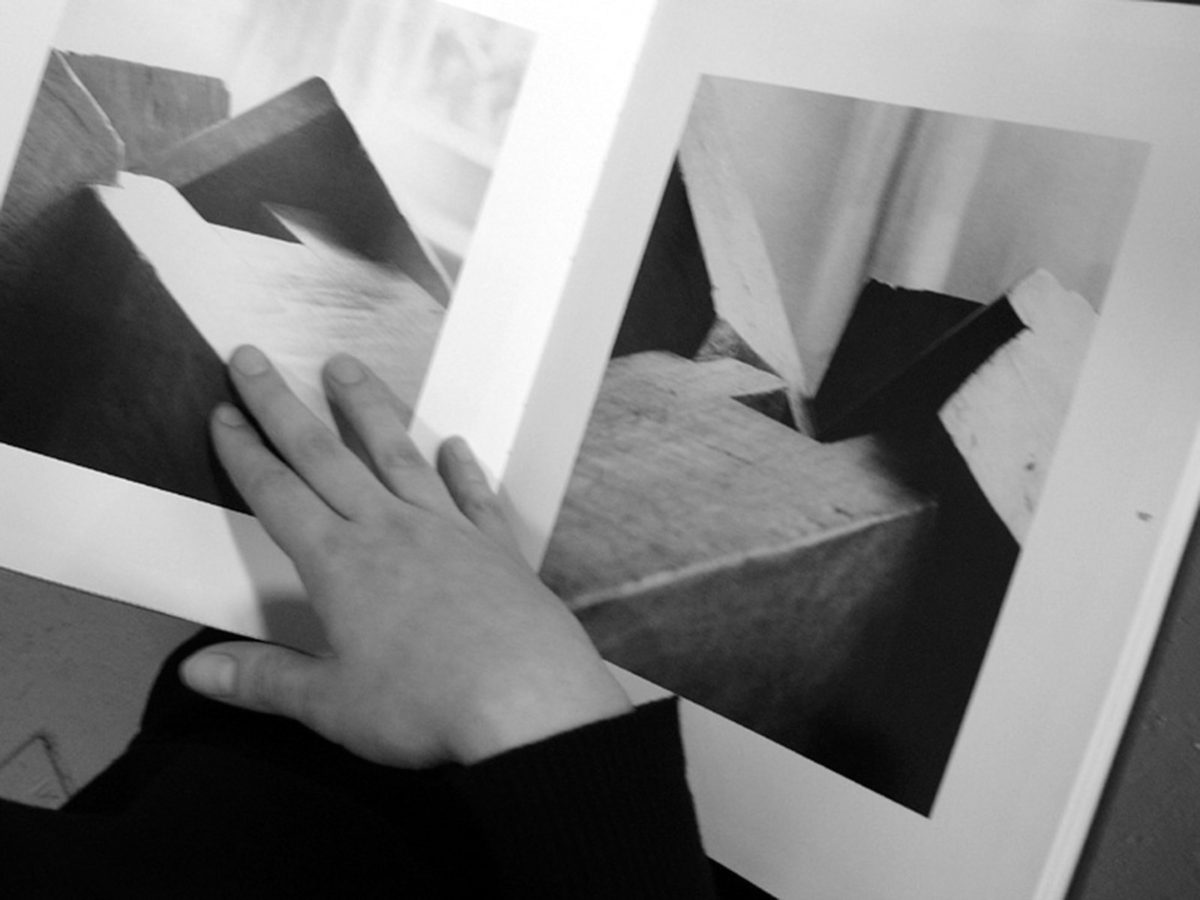
Falke Pisano, Chillida (Forms and Feelings), 2006. Two-channel video, 14mins. Courtesy the artist and Hollybush Gardens, London
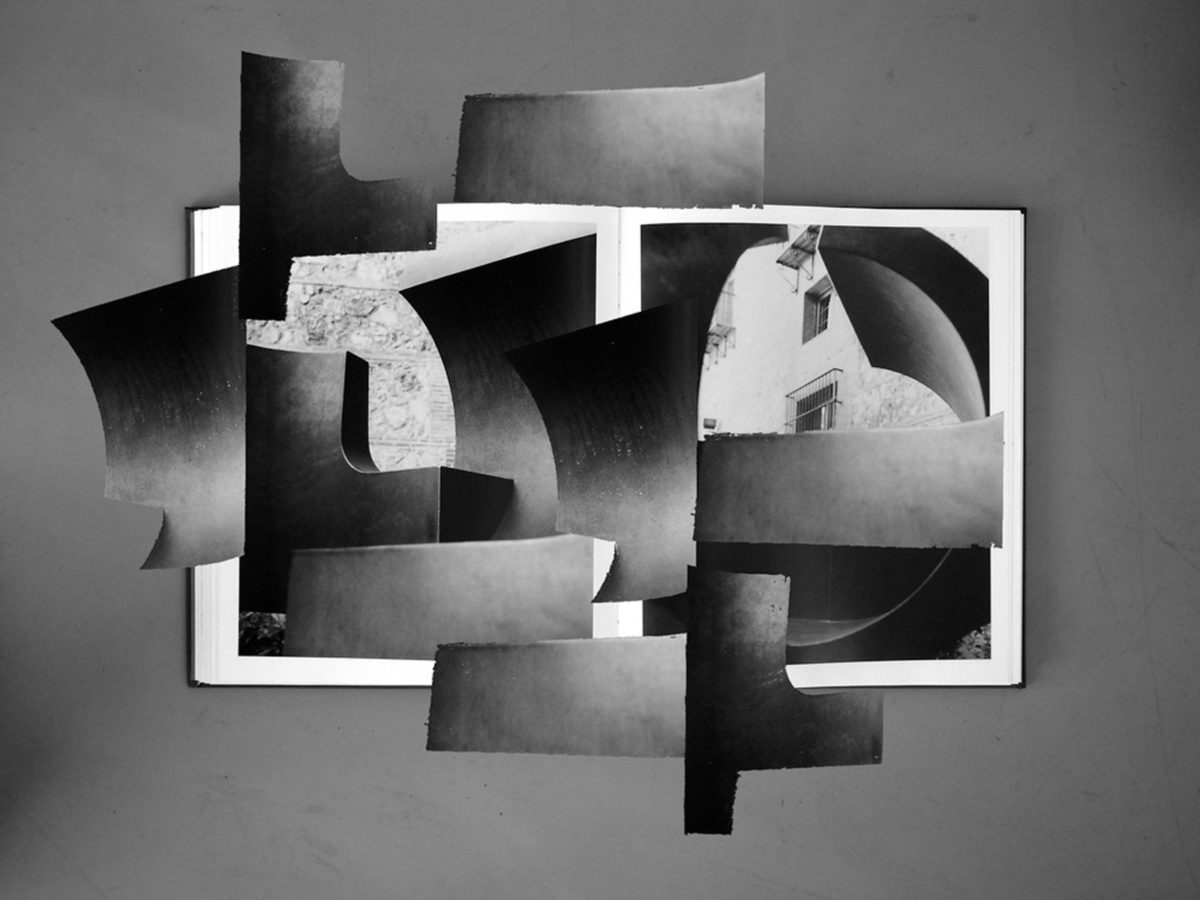
Falke Pisano, Chillida (Forms and Feelings), 2006. Two-channel video, 14mins. Courtesy the artist and Hollybush Gardens, London

Bernard Schottlander, Materials relating to the working practice of Bernard Schottlander. Courtesy the University of Brighton Design Archives and the Henry Moore Institute, Leeds
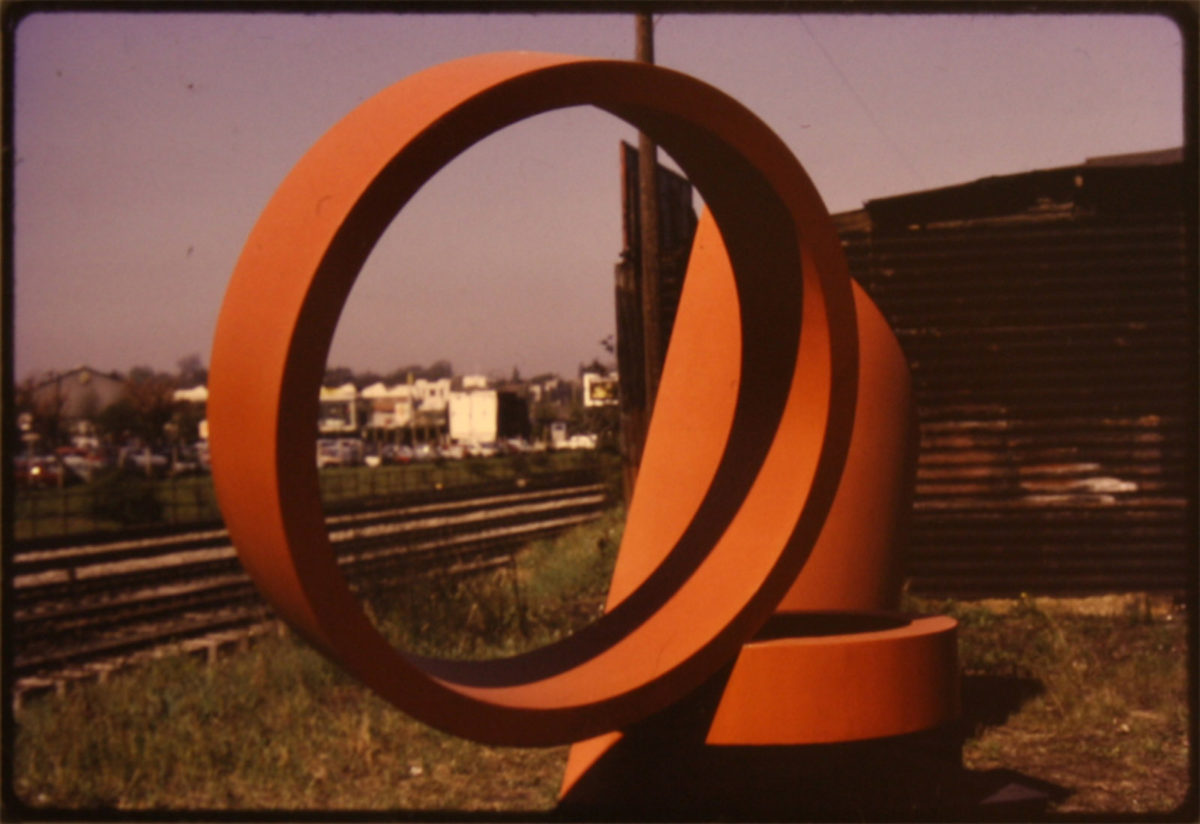
Bernard Schottlander, Materials relating to the working practice of Bernard Schottlander. Courtesy the University of Brighton Design Archives and the Henry Moore Institute, Leeds

Bernard Schottlander, Materials relating to the working practice of Bernard Schottlander. Courtesy the University of Brighton Design Archives and the Henry Moore Institute, Leeds
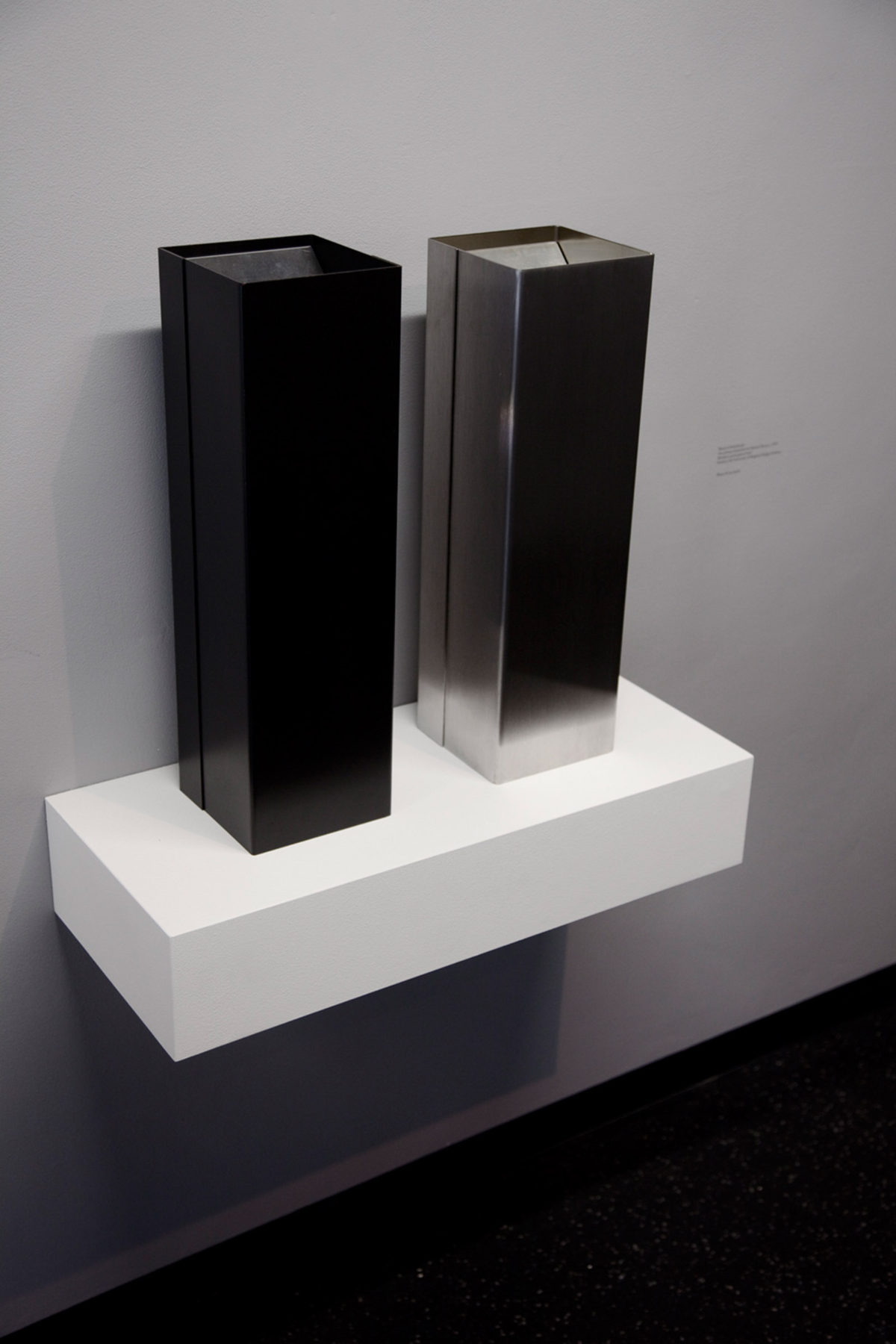
Bernard Schottlander, Two ashtrays designed for the National Theatre, 1970s. Brushed and lacquered steel, archive materials. Courtesy the University of Brighton Design Archives
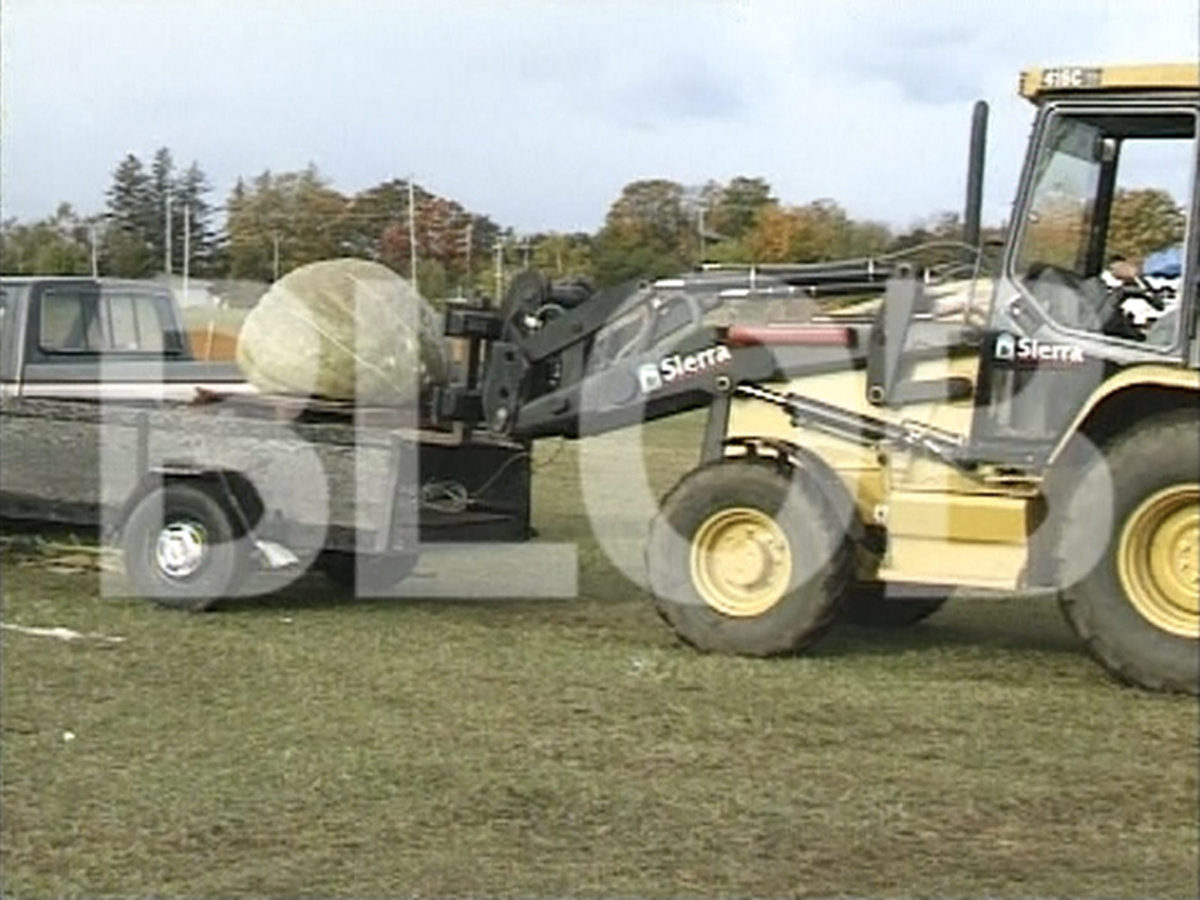
Gert Verhoeven, The Blob, 2001 Single channel video, 21 mins. Courtesy the artist and Galerie Nelson, Paris
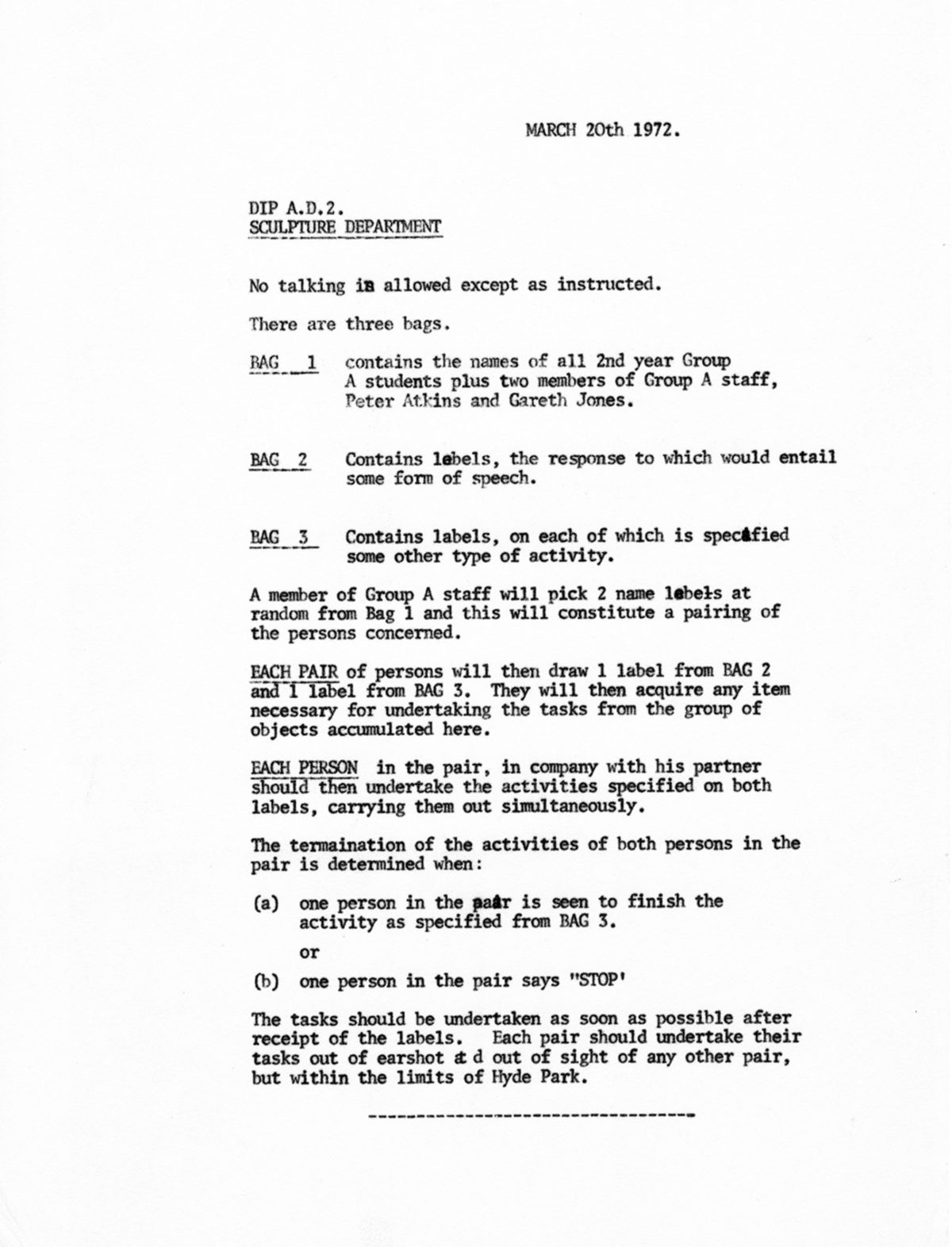
Archive material relating to the ‘A-Course’, St Martins School of Art, London, 1969–71. Courtesy private collection
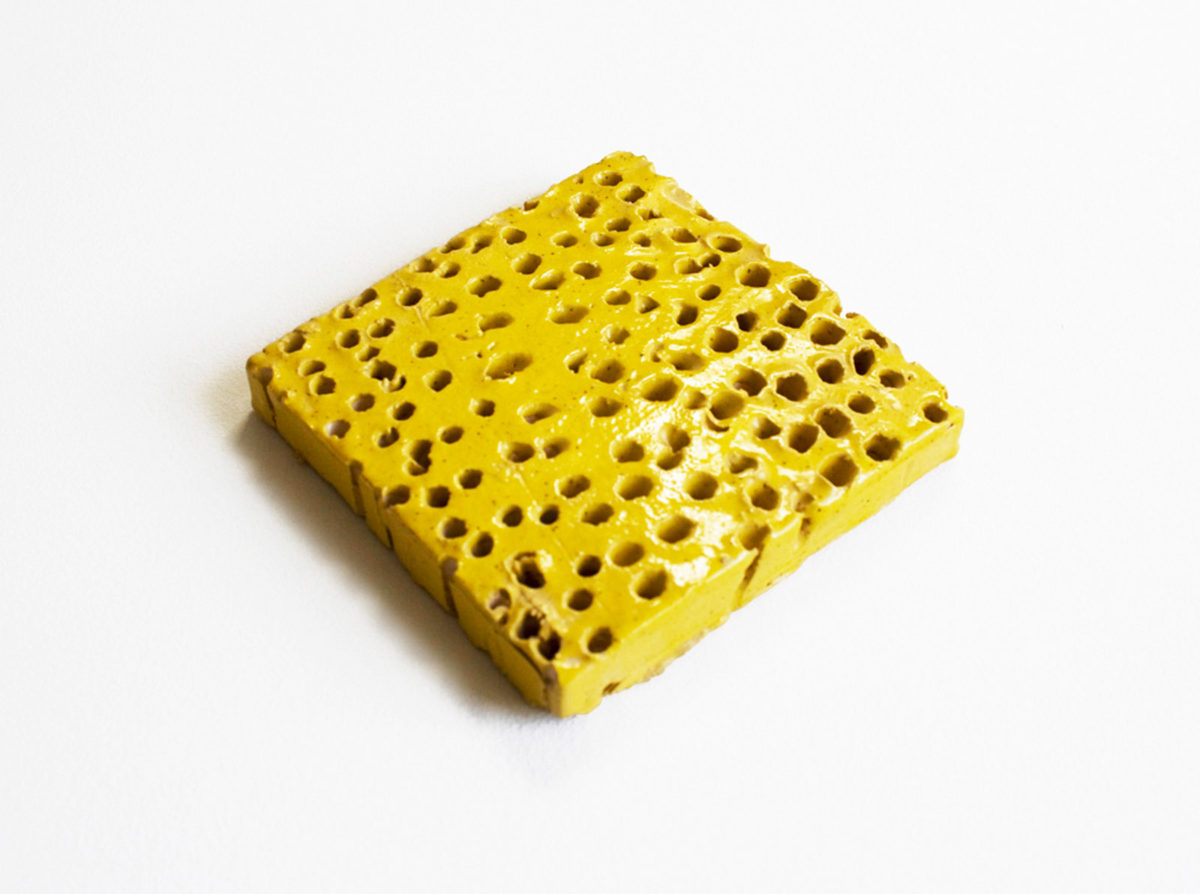
Anonymous psychiatric patient, Untitled (cheese), 2007. Ceramic. Koestler Trust / Private collection
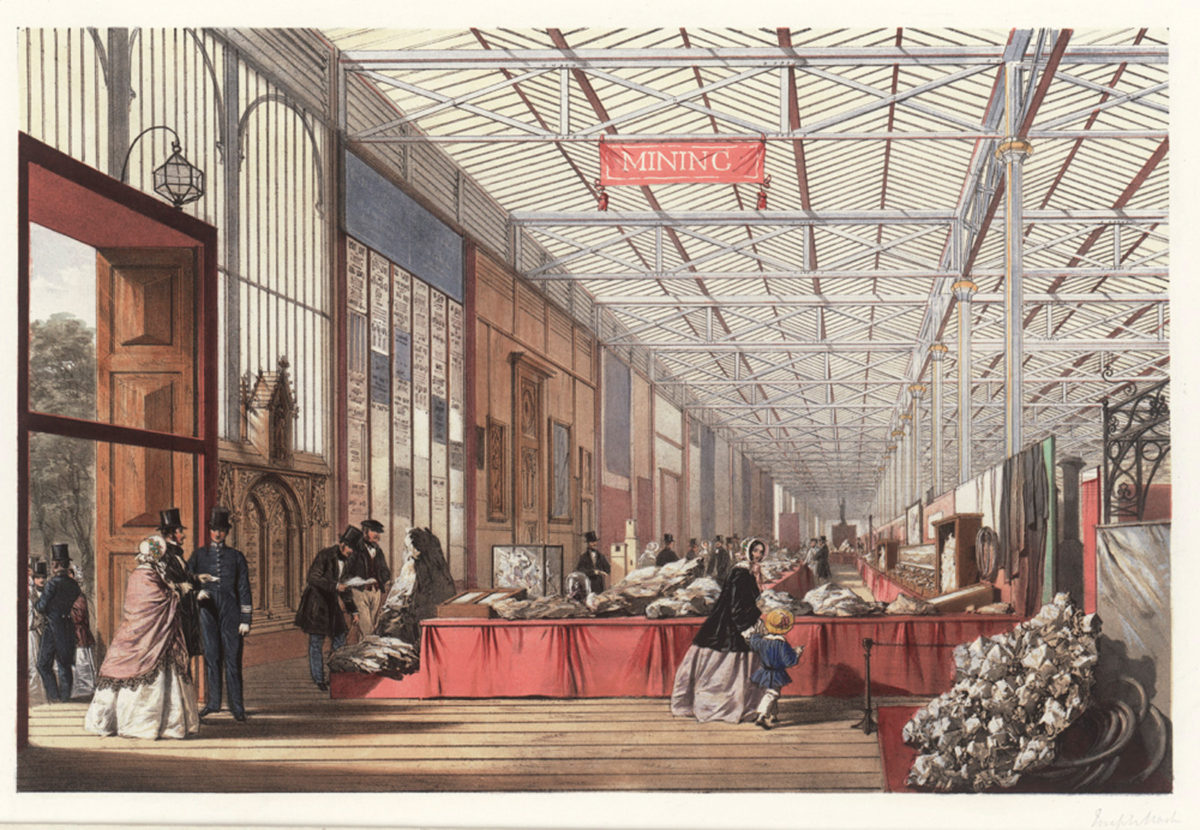
View of the Minerals Court, 1851/2. Dickinson’s Illustrated Catalogue of the Great Exhibition, tinted lithographs. Courtesy the Royal Commission for the Exhibition of 1851
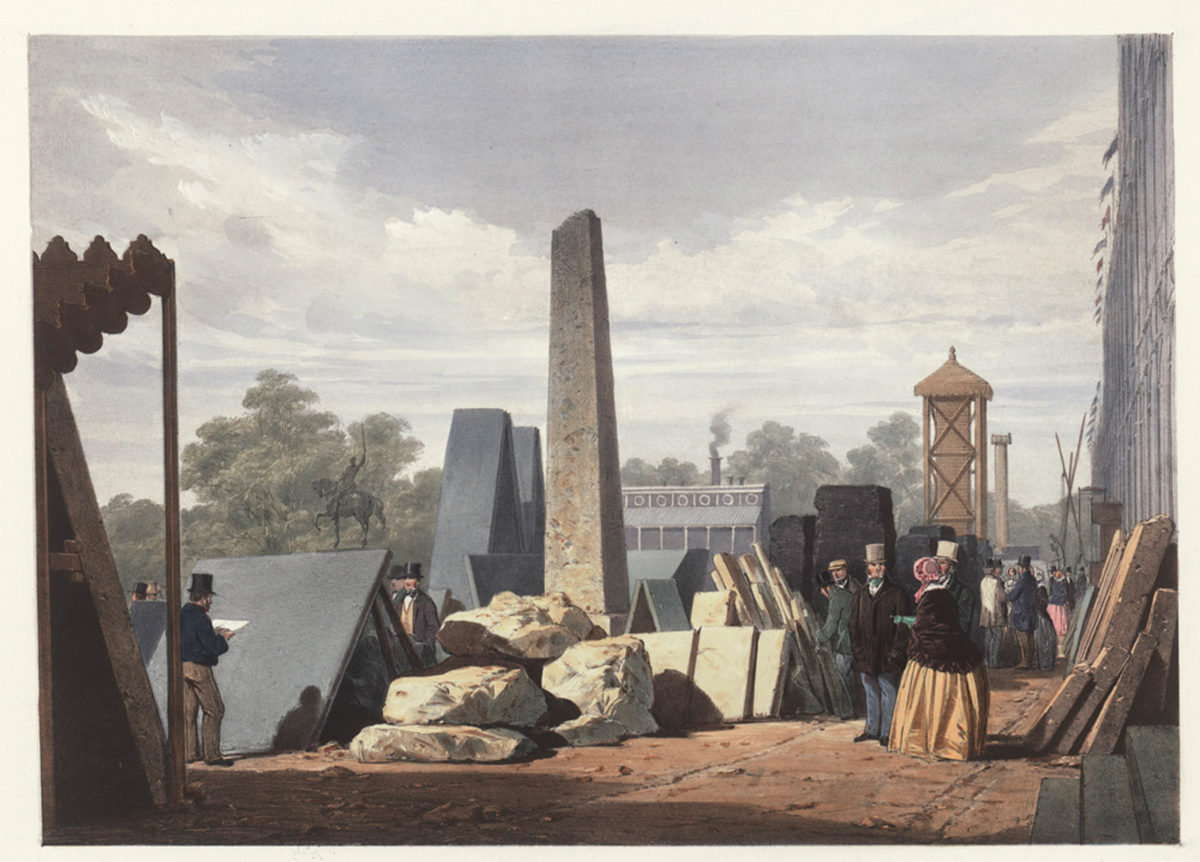
View of the Mining Hall, 1851/2. Dickinson’s Illustrated Catalogue of the Great Exhibition, tinted lithographs. Courtesy the Royal Commission for the Exhibition of 1851
Text
Taking its name from the Donald Barthelme short story The Shower of Gold, an absurdist tale of a struggling sculptor coerced to appear on a television game show in order to pay the rent, this exhibition presents a subjective overview of the potential forms and working methodologies that speculatively demarcate the boundaries of what might be considered a ‘sculptural practice’. Mirroring Barthelme’s sculptor’s fragile psychology and on-air disgorging, the presentation also maps a web of intertwined reference points accreted through the daily practice of considering objects in the context of art.
Incorporating loans from a number of public and private collections, from resolved artworks, films and design objects to proposals, working plans and other archival material, the exhibition explores materiality, generative processes, modes of encounter and narrative and structural agency.
A PDF of the publication produced for the exhibition can be downloaded by following the link. A symposium, Form and Feeling, in collaboration with Camberwell Space and the CCA Graduate School was held on the 30th October, 2013. The programme of this event follows below.
Cast in order of appearance (artists in the exhibition):
Michael Asher
Juliette Blightman
Marcel Broodthaers
Honoré Daumier
Nick Evans
Harun Farocki
Robin Fior
Barry Flanagan
Simone Forti
Flemming George
Shaun Greenhalgh
Carsten Höller
Dennis Hopper
Janice Kerbel
Raimundas Malašauskas
Claes Oldenburg
Julian Opie
John Penn
Falke Pisano
Bernard Schottlander
Gert Verhoeven
with
Archive material relating to the ‘A-Course’ , St Martins School of Art, London, 1969-71
Work by an anonymous psychiatric patient from the Koestler Trust
and reproductions from Dickinson’s Illustrated Catalogue of the Great Exhibition (1851)
The publication includes a full list of thanks and credits for the works exhibited.
Symposium
Form and Feeling – a symposium
30th October 2013
2–5pm, Wilson Road Lecture Hall, Camberwell College of Arts
To accompany the exhibition this symposium utilised the works exhibited and the nature of the curatorial framework to build an afternoon programme of talks, performance, screenings and discussion, focusing on the (physical and temporal) fabrication, display and narrative agency of the sculptural object. This event was a collaboration between Camberwell Space and the CCA Graduate School. For further information contact: office@mikecooter.org
Keynotes:
Homo Faber and Worldmaking: A Very Short History
Iain Boal
Social historian of science and technics Iain Boal considers – in the light of various works juxtaposed for exhibition at Camberwell Space – the unsettled relation between tools and the human, piece and totality, bricks and the workmanship of risk, form and frame, the arts of embellishment and ways of knowing, autonomy and the object-world of capital.
Putting it in the window: some thoughts on display mechanisms and enclosure
Mike Cooter
Artist, curator of the exhibition In form express and admirable (in a sense lying, in a sense not) and current Goldsmiths PhD candidate Mike Cooter looks at the intertwined relationship of art, design and architecture with regards to display strategies, the structured encounter and acts of enclosure.
The Last Movie as infomantic object
Annabel Frearson
Artist and Goldsmiths PhD candidate Annabel Frearson will discuss how Dennis Hopper’s 1971 film The Last Movie, in its quasi material non-existence, becomes a substantive allegory for the combined birth of neoliberalism and the turn of the dispositif to produce effects of ‘infomanticism’.
Timetable:
2.00– 2.15 – Welcome
2.15 – 3.00 – Iain Boal, Homo Faber and Worldmaking: A Very Short History followed by a short period for questions arising
3.00 – Recording of Charles Bukowski reading When all the animals lay down, 1970 (2mins)
3.02 – 3.40– Mike Cooter, Putting it in the window – some thoughts on display mechanisms and enclosure and questions arising
3.40 – 3.47– Reality Properties: Fake Estates, Jaime Davidovitch (with Gordon Matta-Clark), 1975 7mins, courtesy Electronic Arts Intermix.
3.47 – 4.00 – Break
4.00 – 4.45 – Annabel Frearson, The Last Movie as infomantic object and questions arising
4.45 – 4.55 – Juliette Blightman, Jealousy, a performance
5.00 – Close
